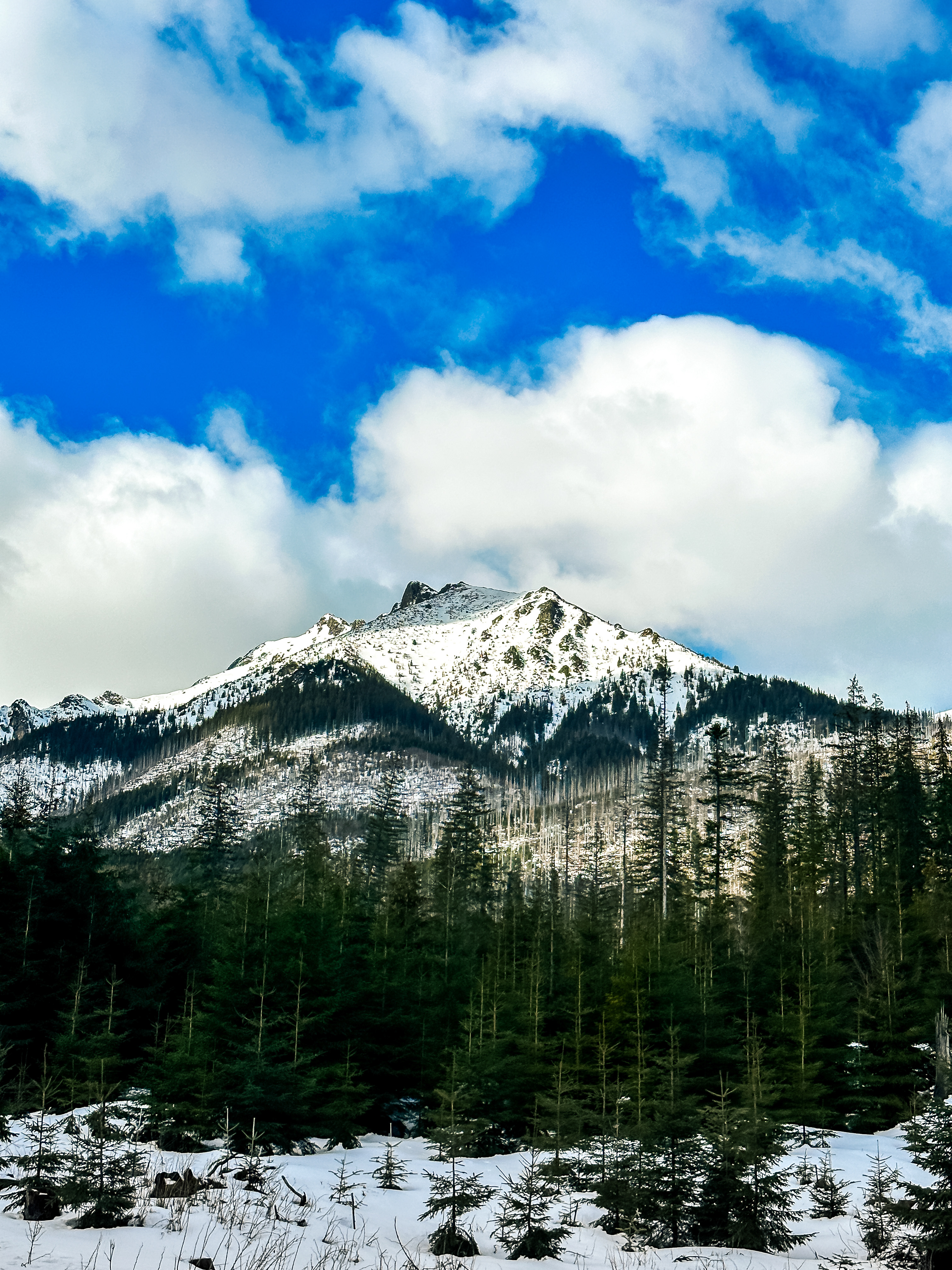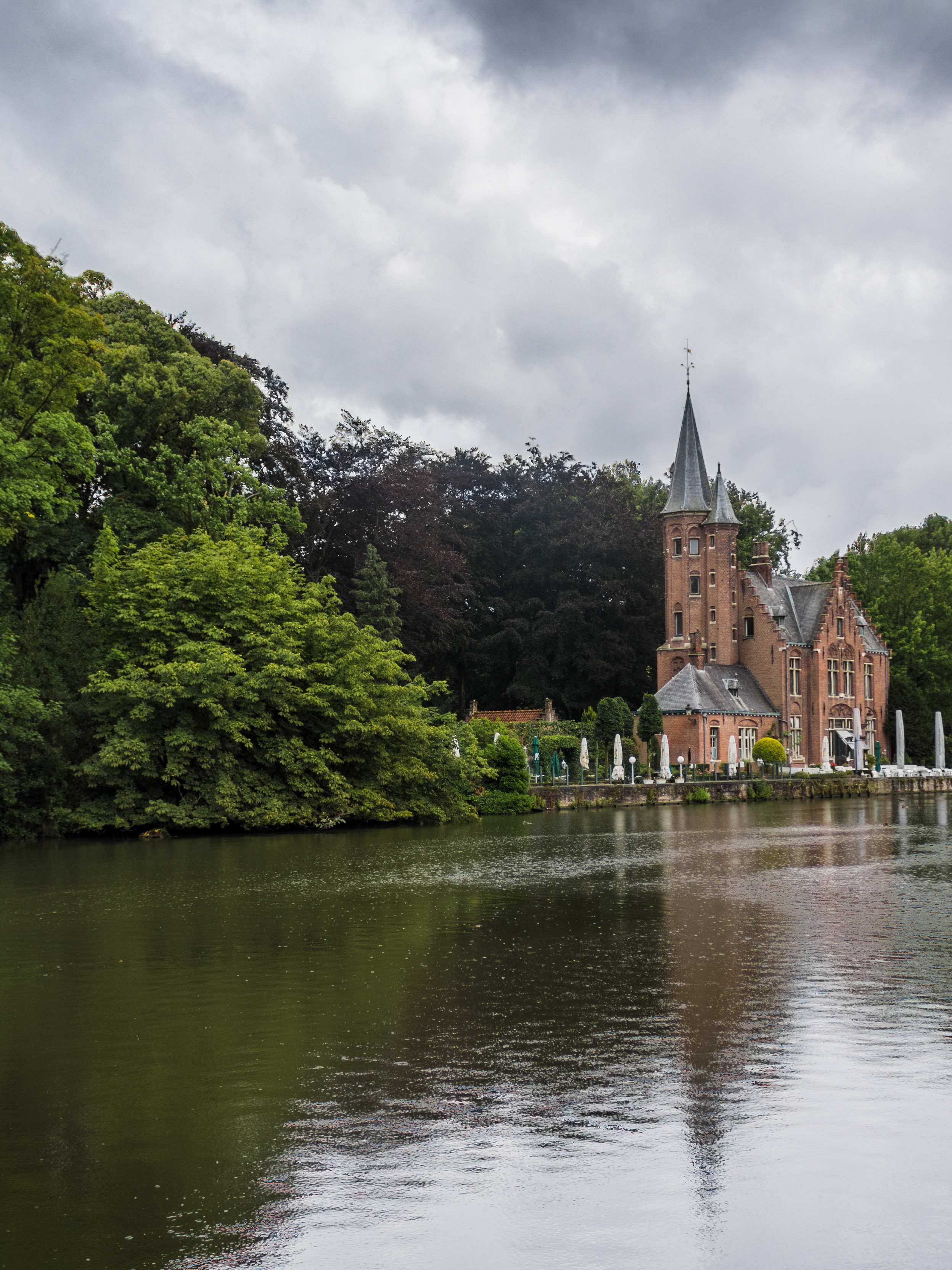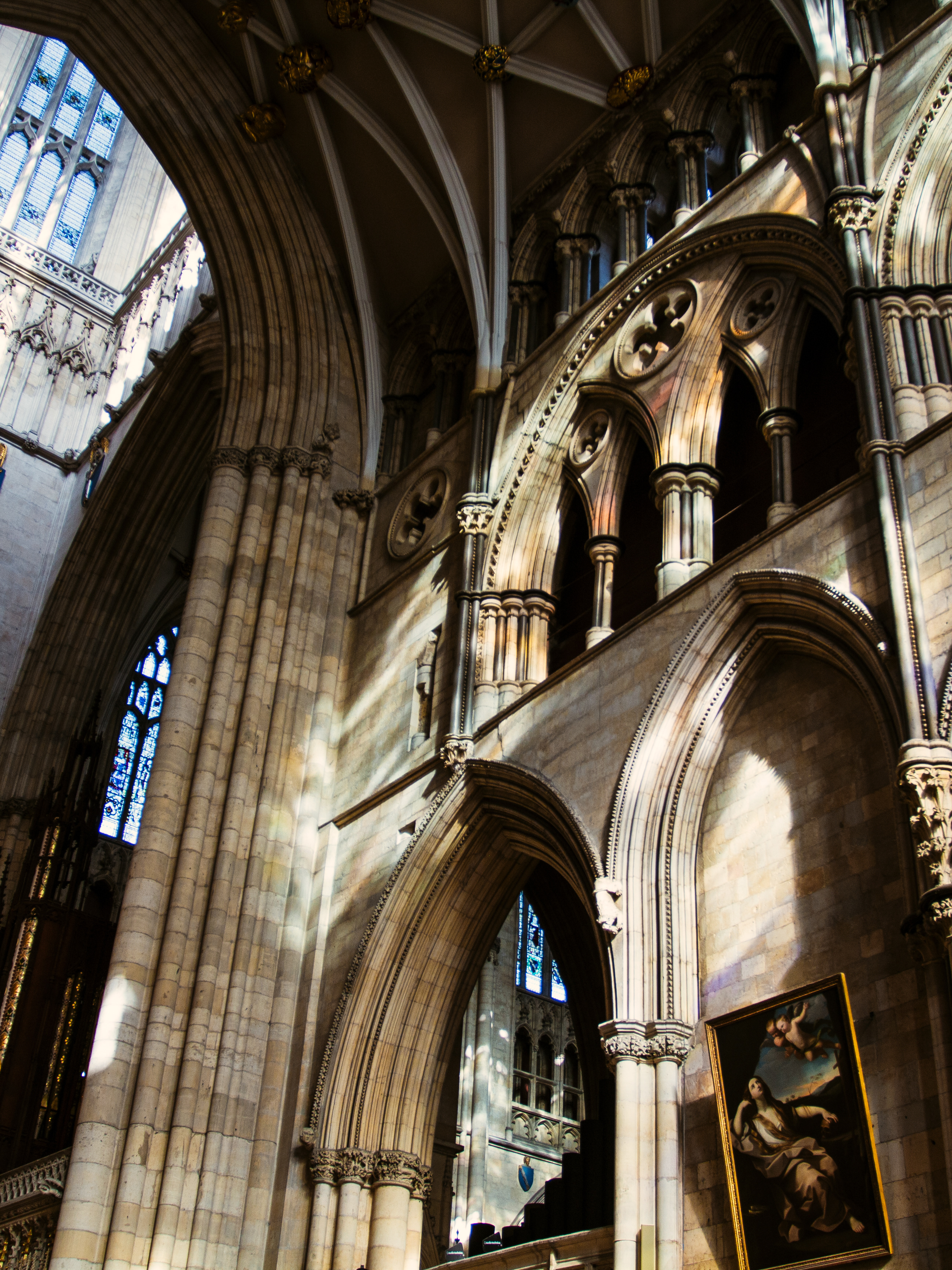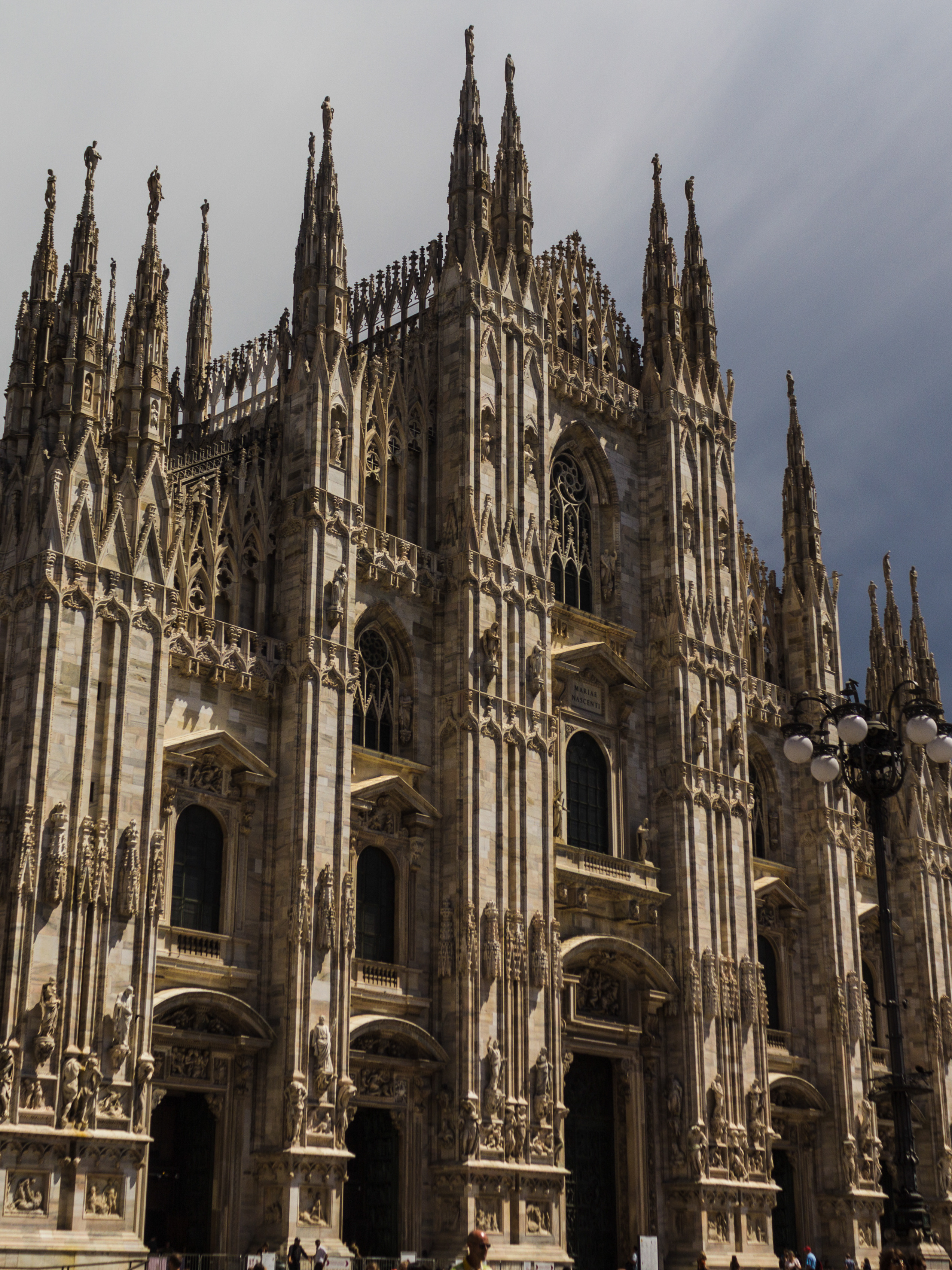The Dartmoor Pony is breed of pony that lives on Dartmoor England. It has been there for centuries, hoof prints found on Dartmoor during an archaeological dig were found to be 3,500 yrs old, and is used in a variety of roles. Because of the extreme weather conditions experienced on the moors, the Dartmoor is a particularly hardy breed with excellent stamina.
In 1950 it is said there were around 30,000 ponies on the moor, now only approximately 1500, with herds of pedigree Dartmoor ponies, Heritage ponies, Hill ponies, Shetlands, Welsh, and Spotted ponies spread all across the moor.
Information from: https://www.visitdartmoor.co.uk/things-to-do/dartmoor-ponies
The ponies are very hardy and actually thrive on Dartmoor despite the harsh winter weather and poor vegetation. In fact, by grazing the moor they play a vital role in maintaining a variety of habitats and supporting wildlife. They become very adept at knowing where to shelter, where the water sources are and where to go for the best spring grass.
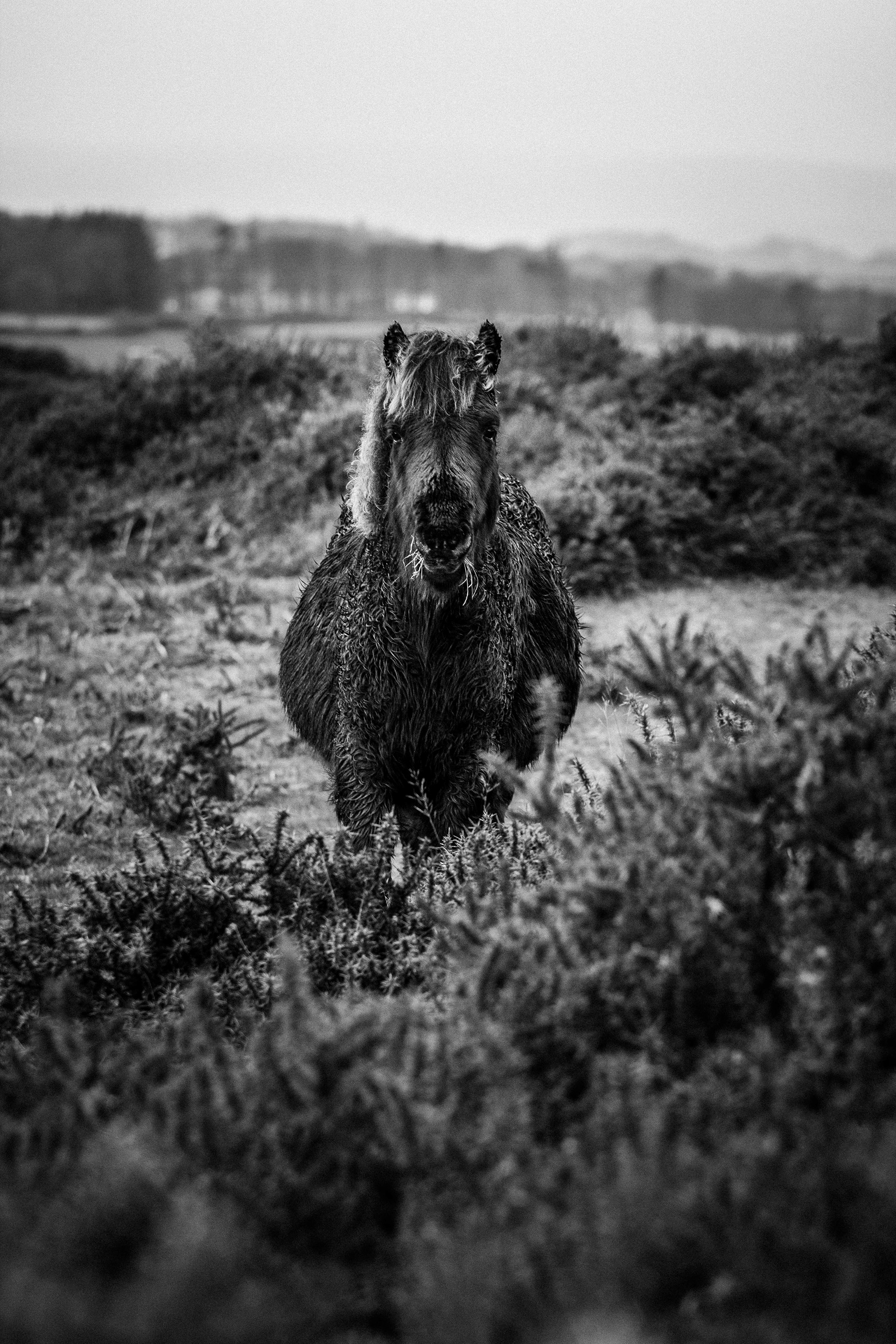
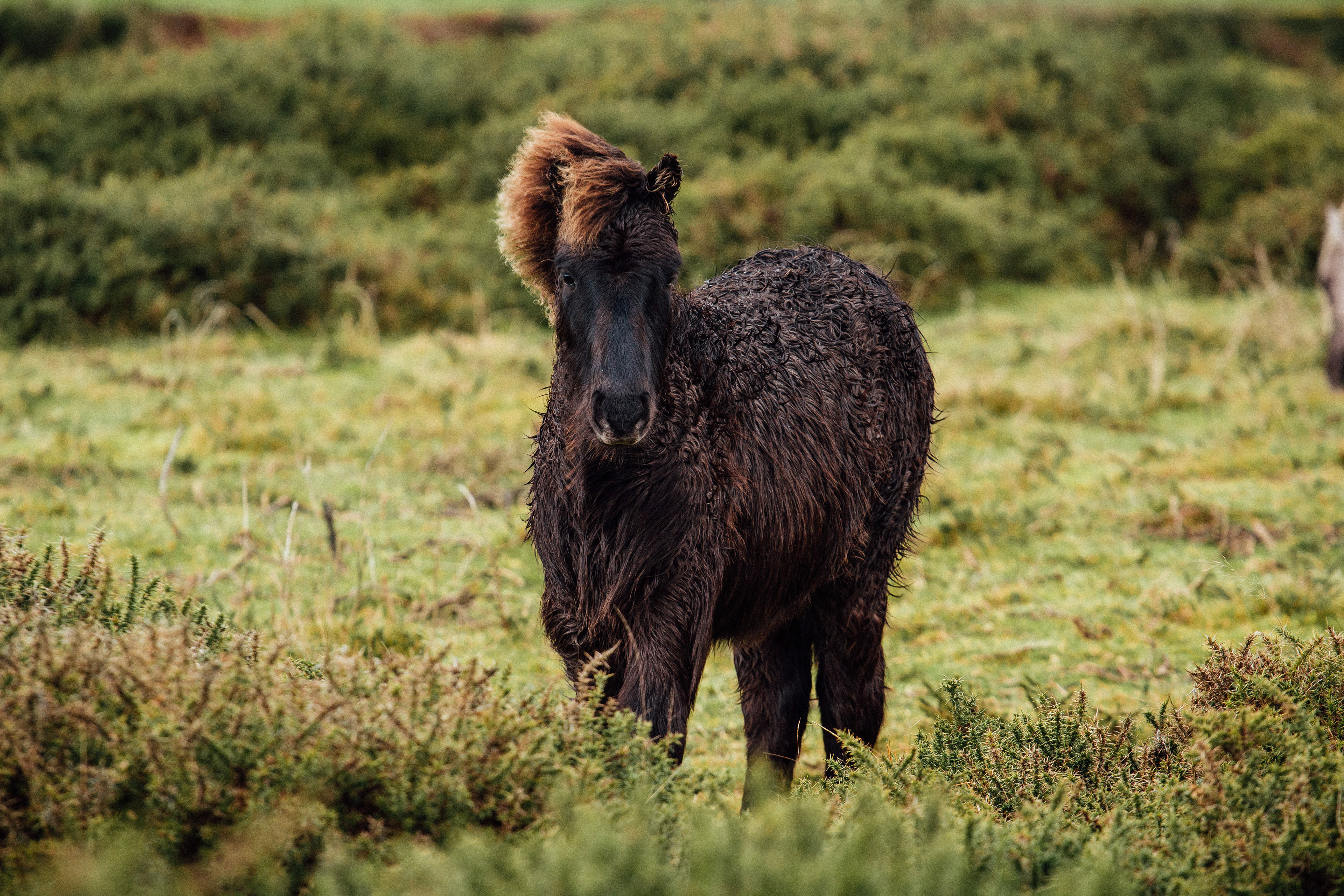
Most have not been handled, but, because of their calm temperament, strength and sure-footedness, when taken from the moor as foals and trained on, the ponies have been used for many purposes over the years, which has led to the breeding of the different types seen on the moor today. Down through history they have been used for riding and driving, pit ponies, shepherding, taking the family to market or even carrying the postman delivering mail.
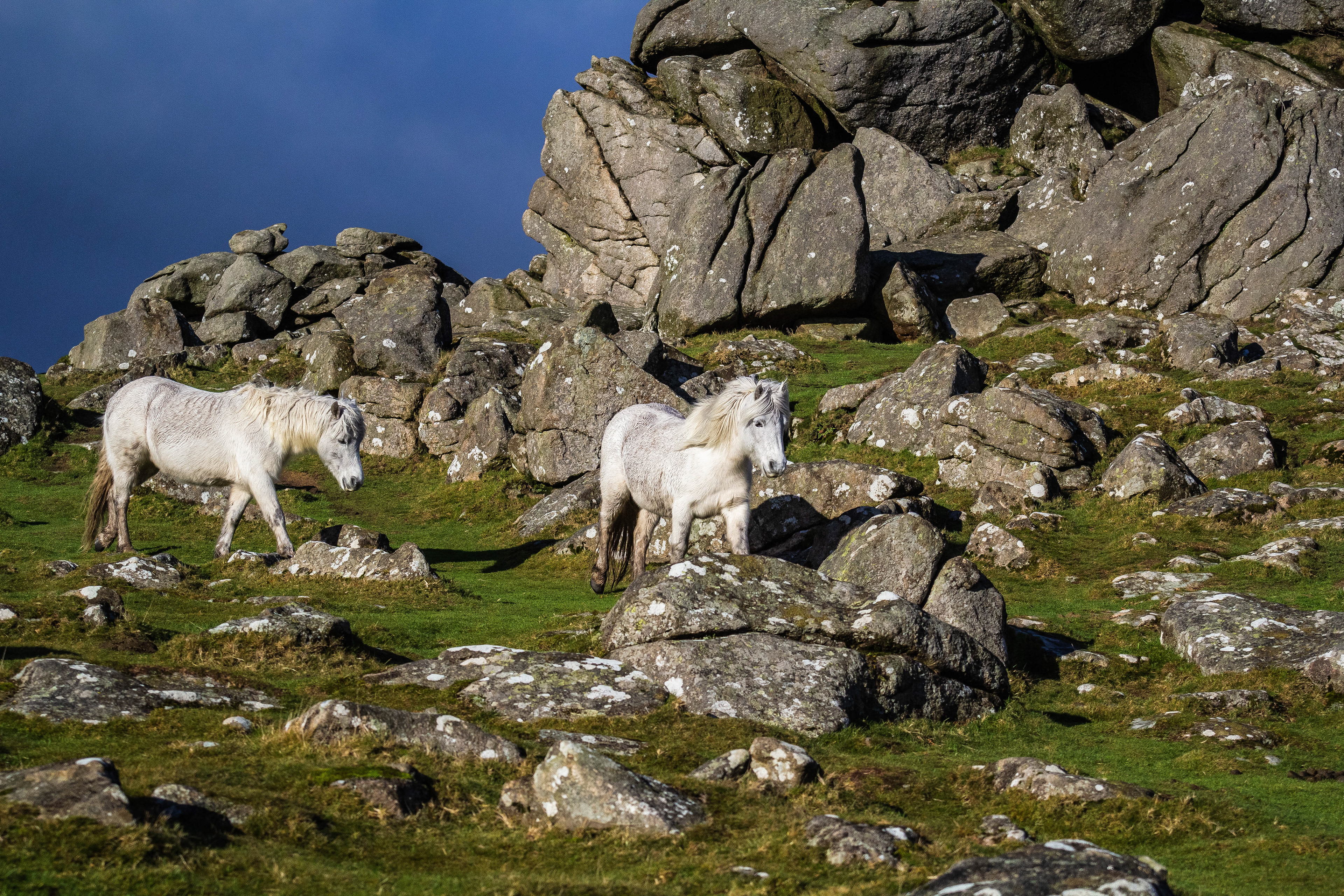
The Dartmoor Pony has a small head, with large, wide-set eyes and alert ears. The body is strong, with a broad, deep rib cage, and of medium length. The legs are strong, long from body to knee and hock, but with short cannons with strong, dense bone, and a flat-fronted knee; the foreleg rises to a shoulder that is well-angled and with good freedom of movement, and the hindleg rises to a quarter that is well-muscled and rounded in appearance, rather than flat or sloping. The mane and tail should be full and flowing, and the pony's movement free and smooth. The Dartmoor Pony has a kind temperament, being reliable, gentle, and calm. Most Dartmoors stand between 11.1 and 12.2 hands (114 and 127 cm); a pony should stand at no more than 12.2 hands under the breed standard, introduced in 1924. Recognised colours include bay, brown, black, grey, chestnut, or roan.
Info from: https://en.wikipedia.org/wiki/Dartmoor_pony
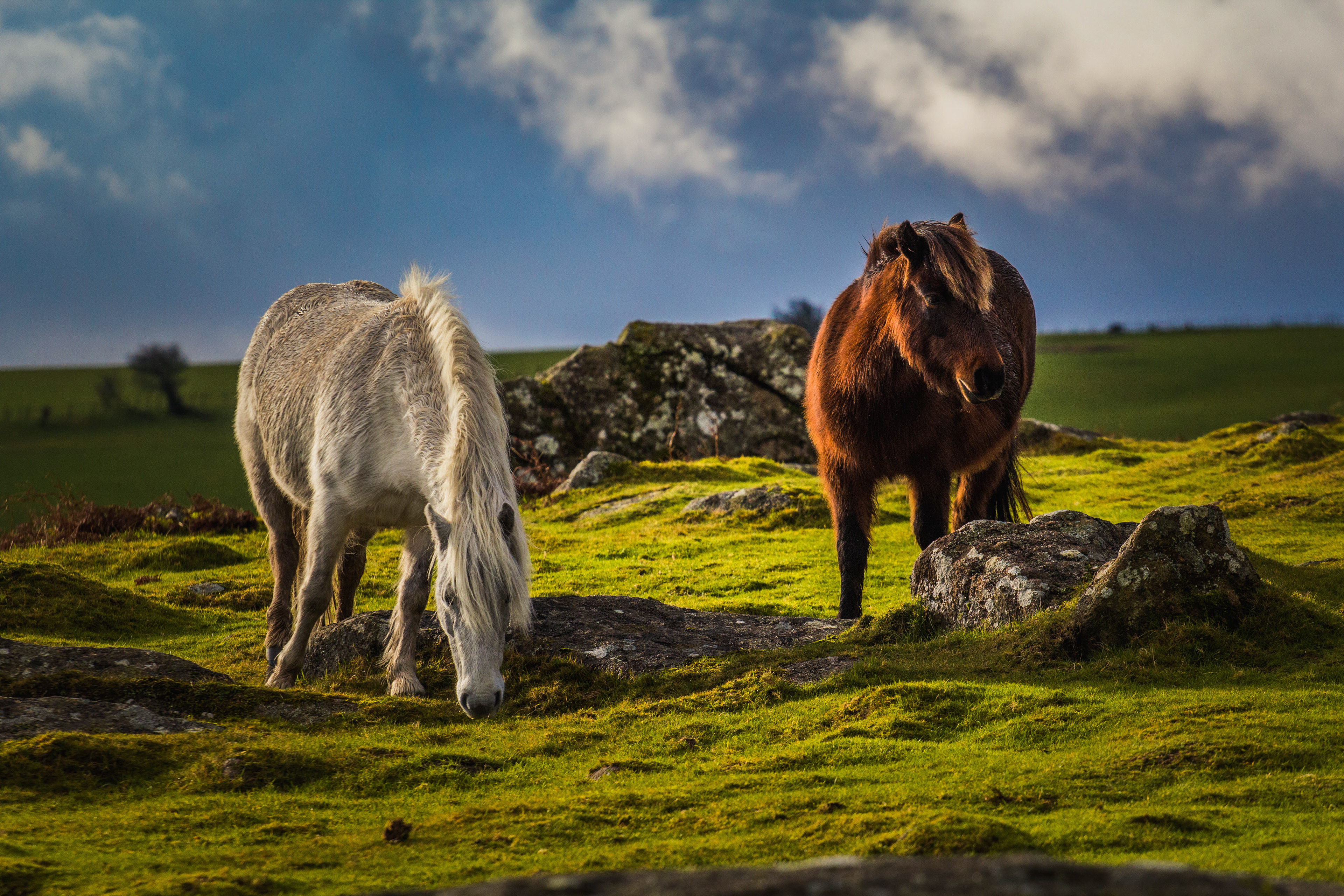
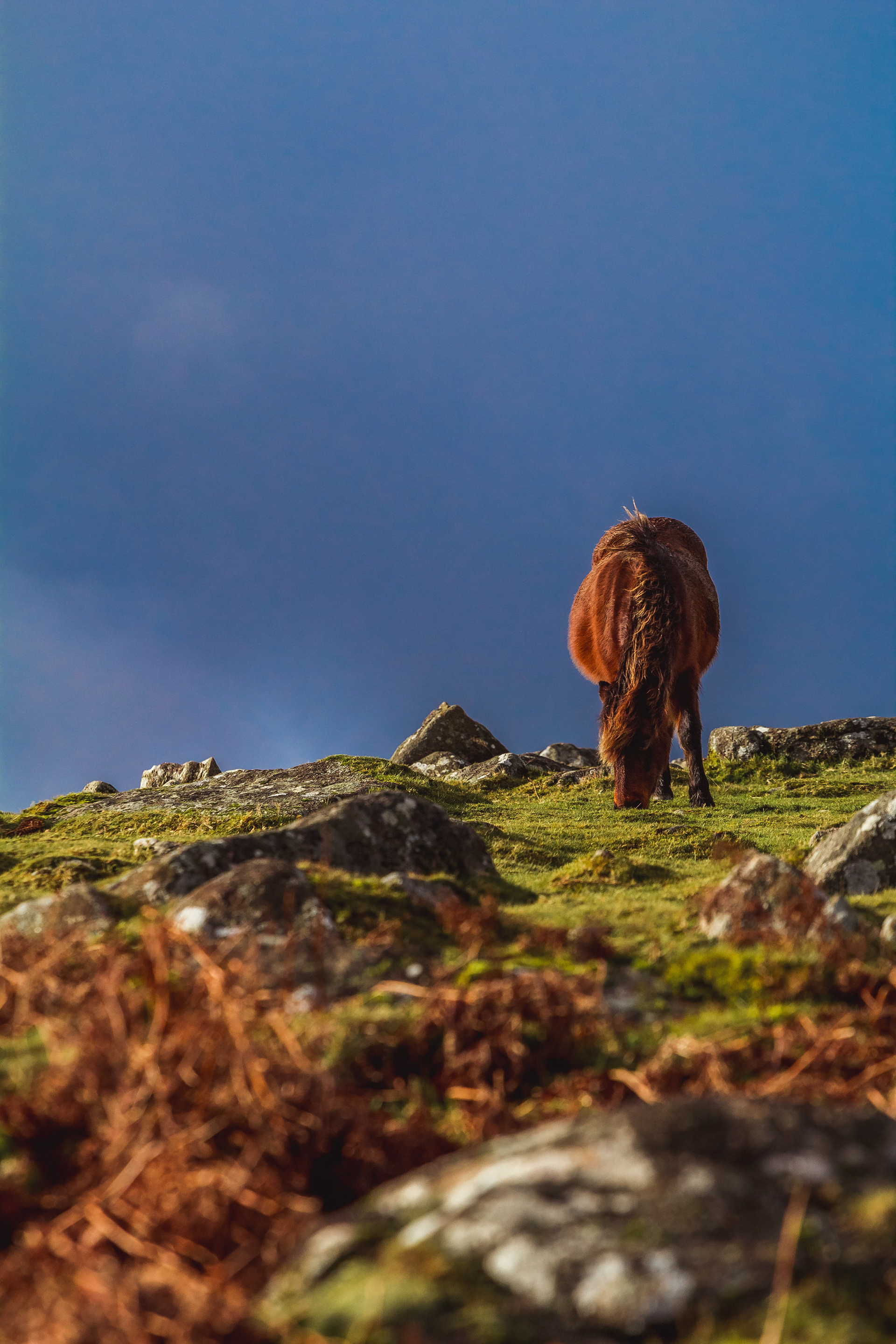
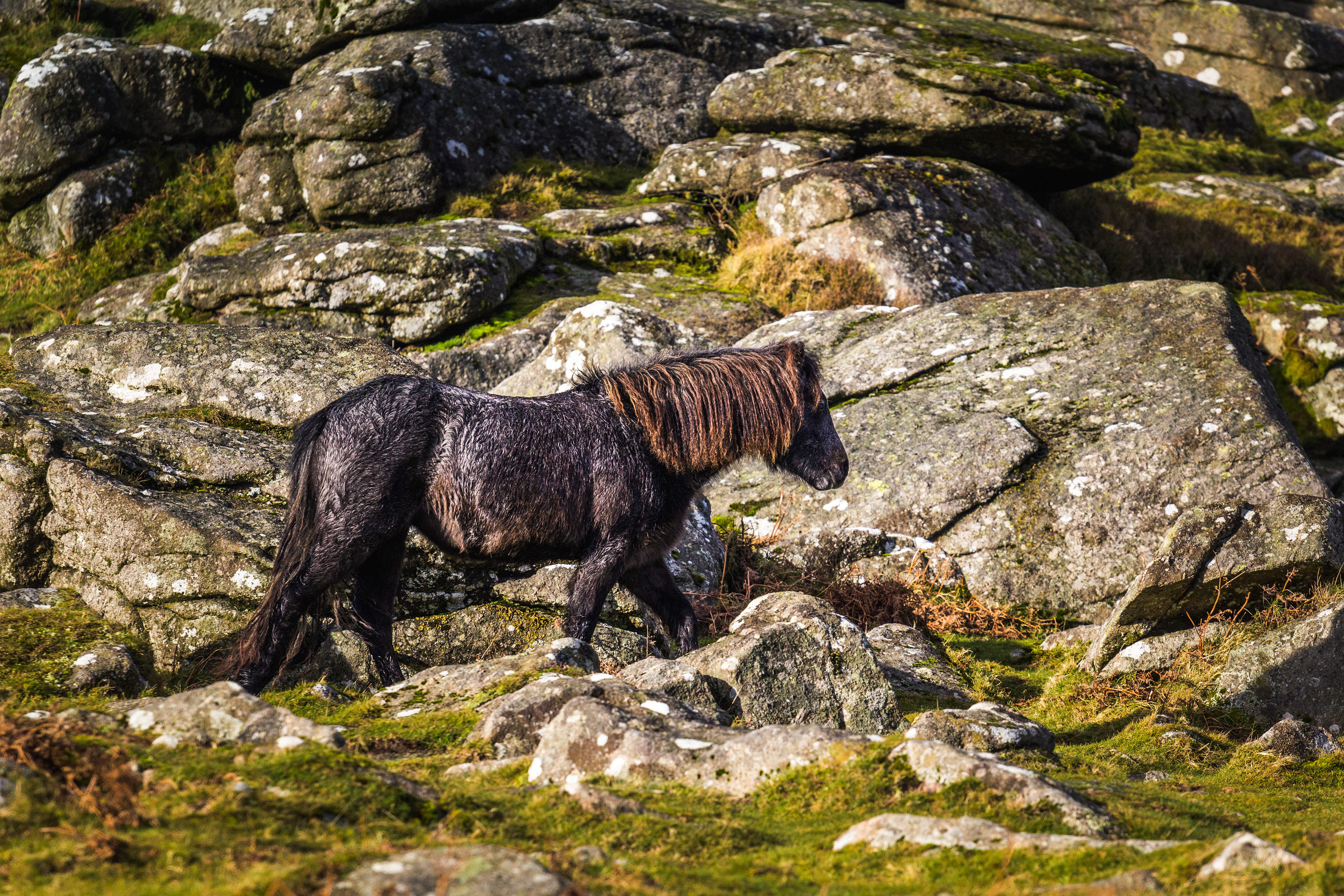
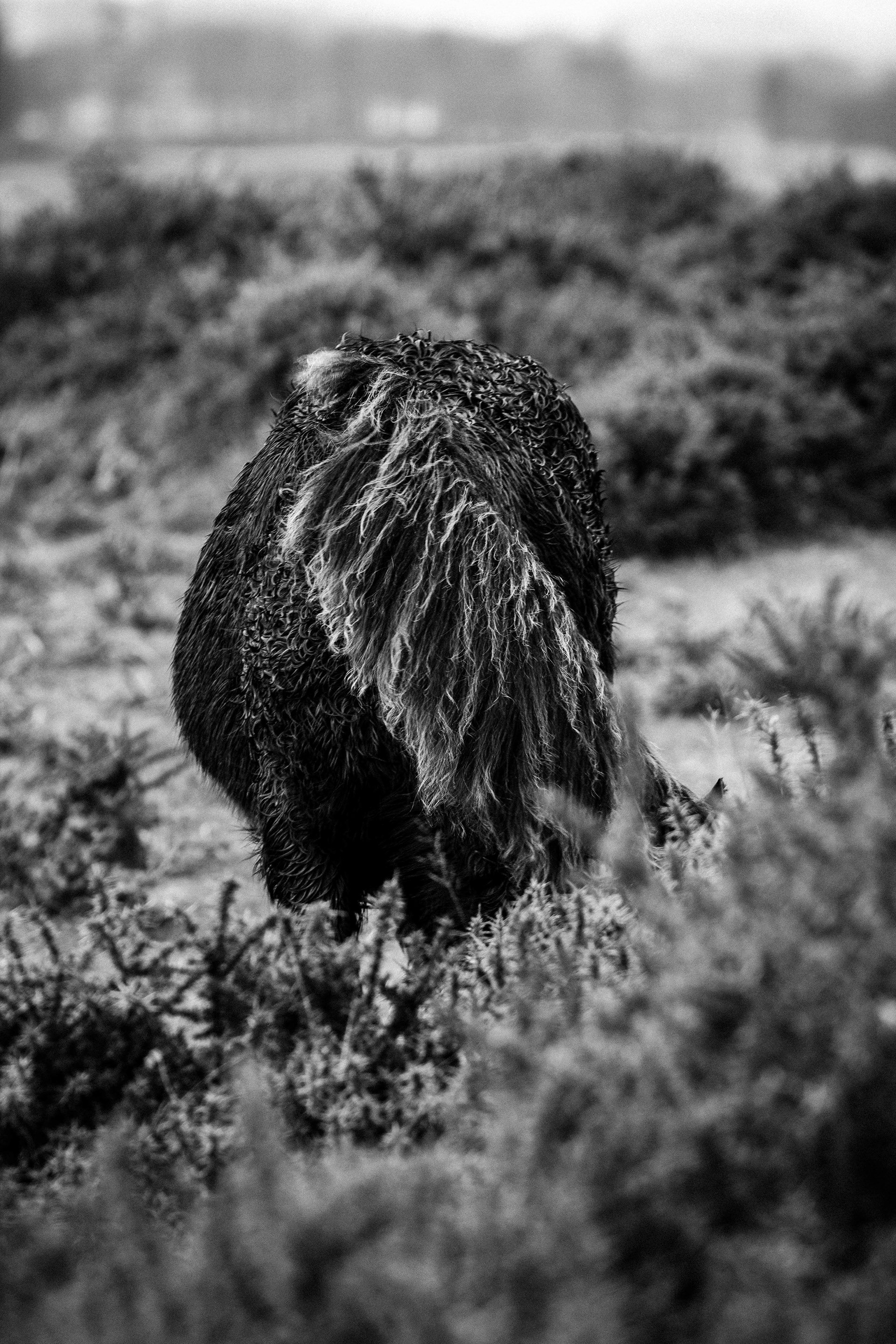
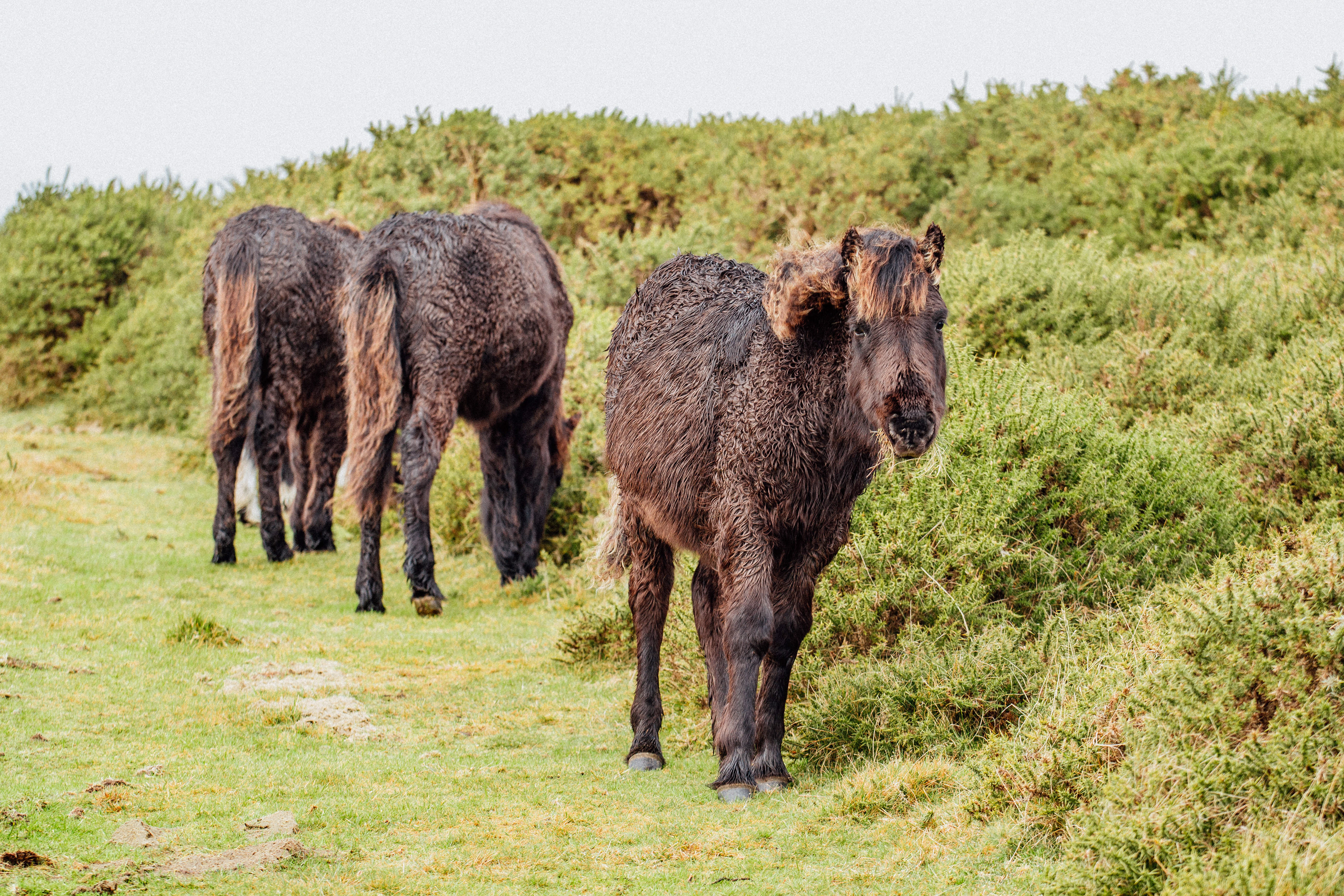
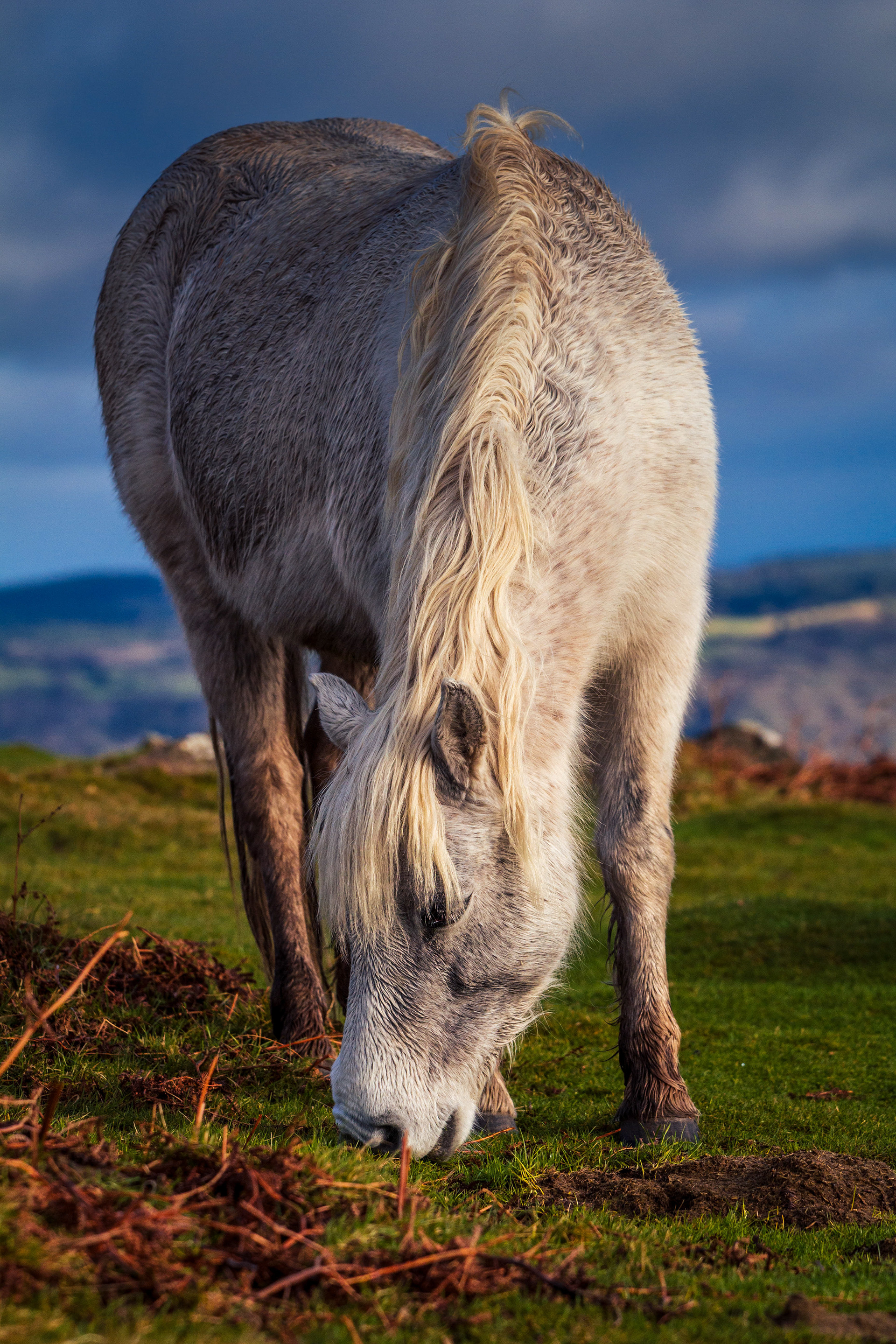
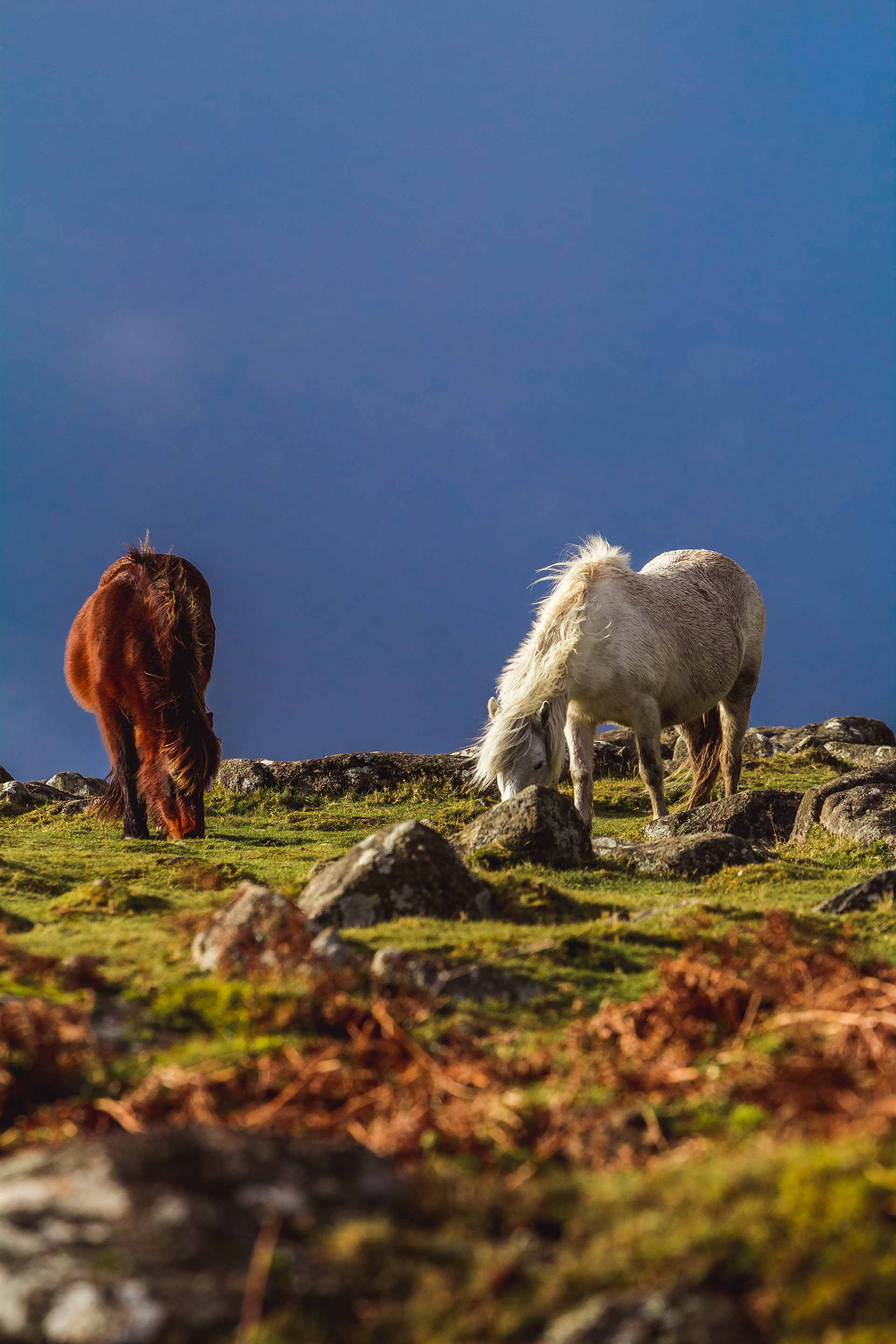
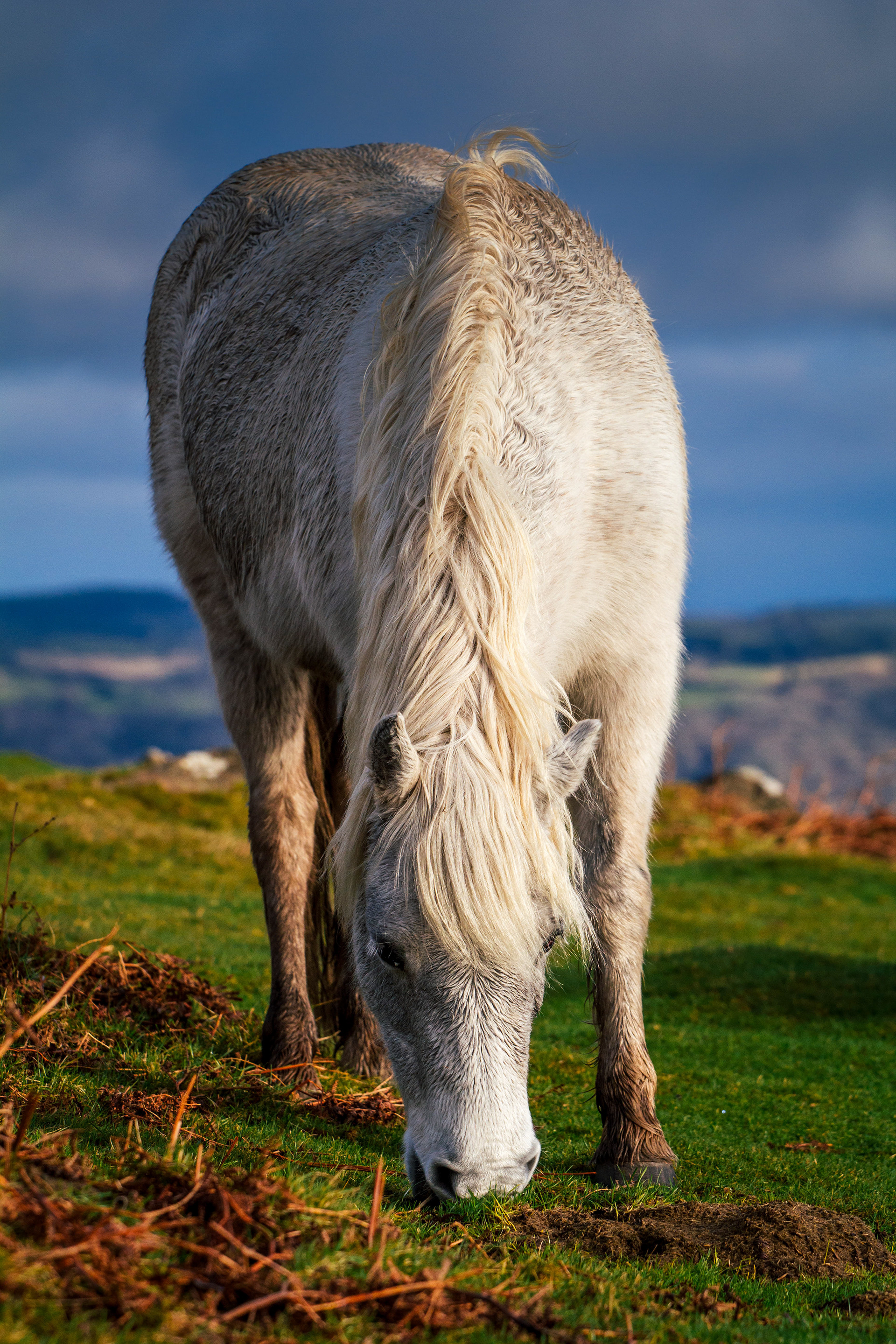

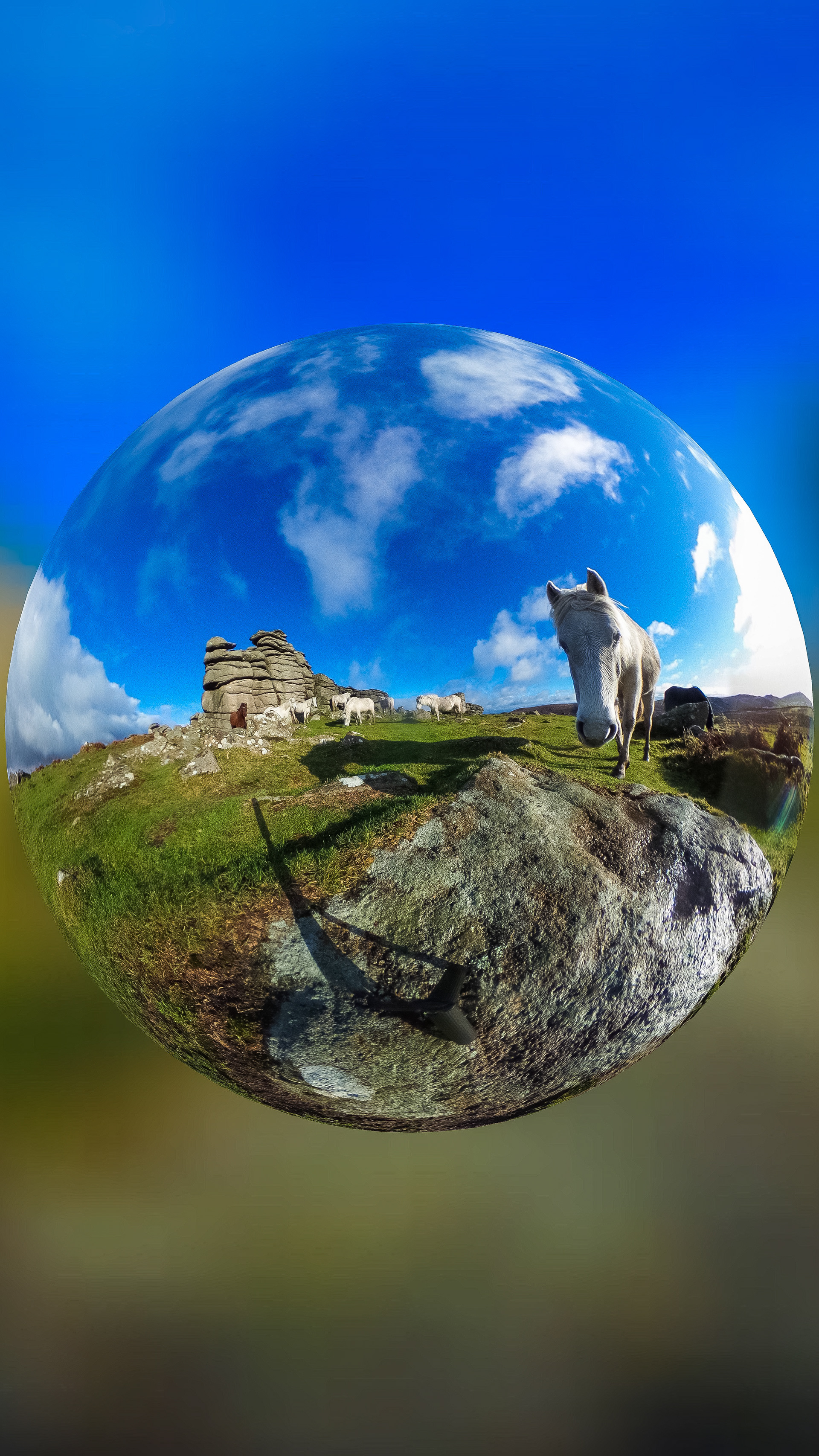


Piebald and skewbald colouring is not permitted within the Dartmoor Pony breed. Ponies with this colouring, seen running on Dartmoor, are likely to be Dartmoor Hill Ponies, as Dartmoor commoners may graze any type of pony out on the moors.The Dartmoor Hill Pony is classified as a pony born on Dartmoor, but not a purebred registered Dartmoor Pony. It is not a true breed as such, as the registry for Dartmoor Hill Ponies is open only to those born on the moors, so a pony born of two Dartmoor Hill ponies, but not born on the moors, could not be registered with the Dartmoor Hill Pony Association.
Info from: https://en.wikipedia.org/wiki/Dartmoor_pony
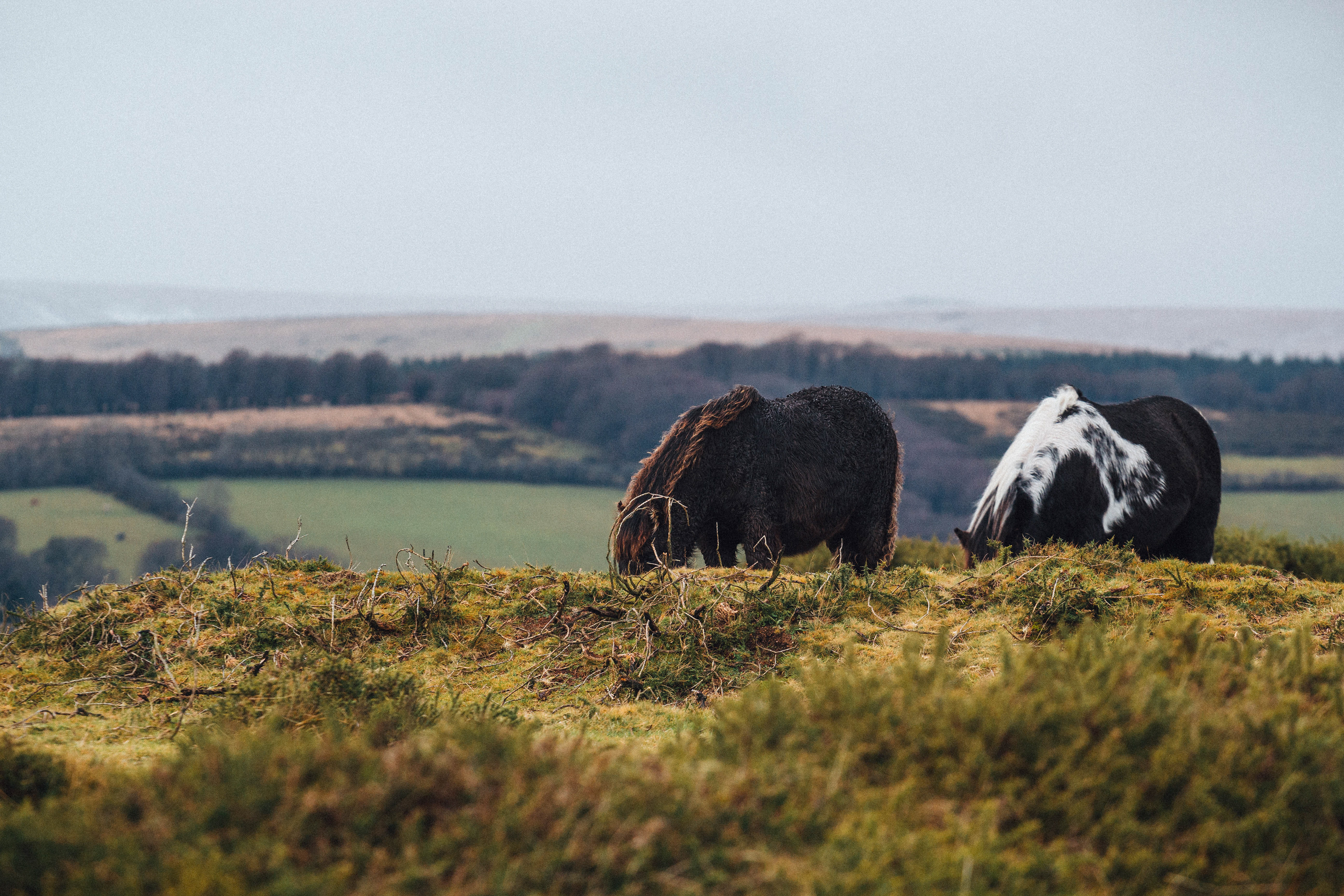

The bones of prehistoric horses have been found in chamber tombs dating from Vere Gordon Childe's period III - IV in southern Britain. This would date the bones at the transition from a hunter-gatherer society to an agricultural society (the Neolithic Revolution) around 3500 BC; the bones are probably from wild horses but domestication may have begun by that date. Archeological investigation from the 1970s has shown that domesticated ponies were to be found on Dartmoor as early as 1500 BC. The first written record, dated to AD 1012, refers to wild horses at Ashburton, and early records from Dartmoor manors refer to ponies being branded and earmarked.
Info from: https://en.wikipedia.org/wiki/Dartmoor_pony
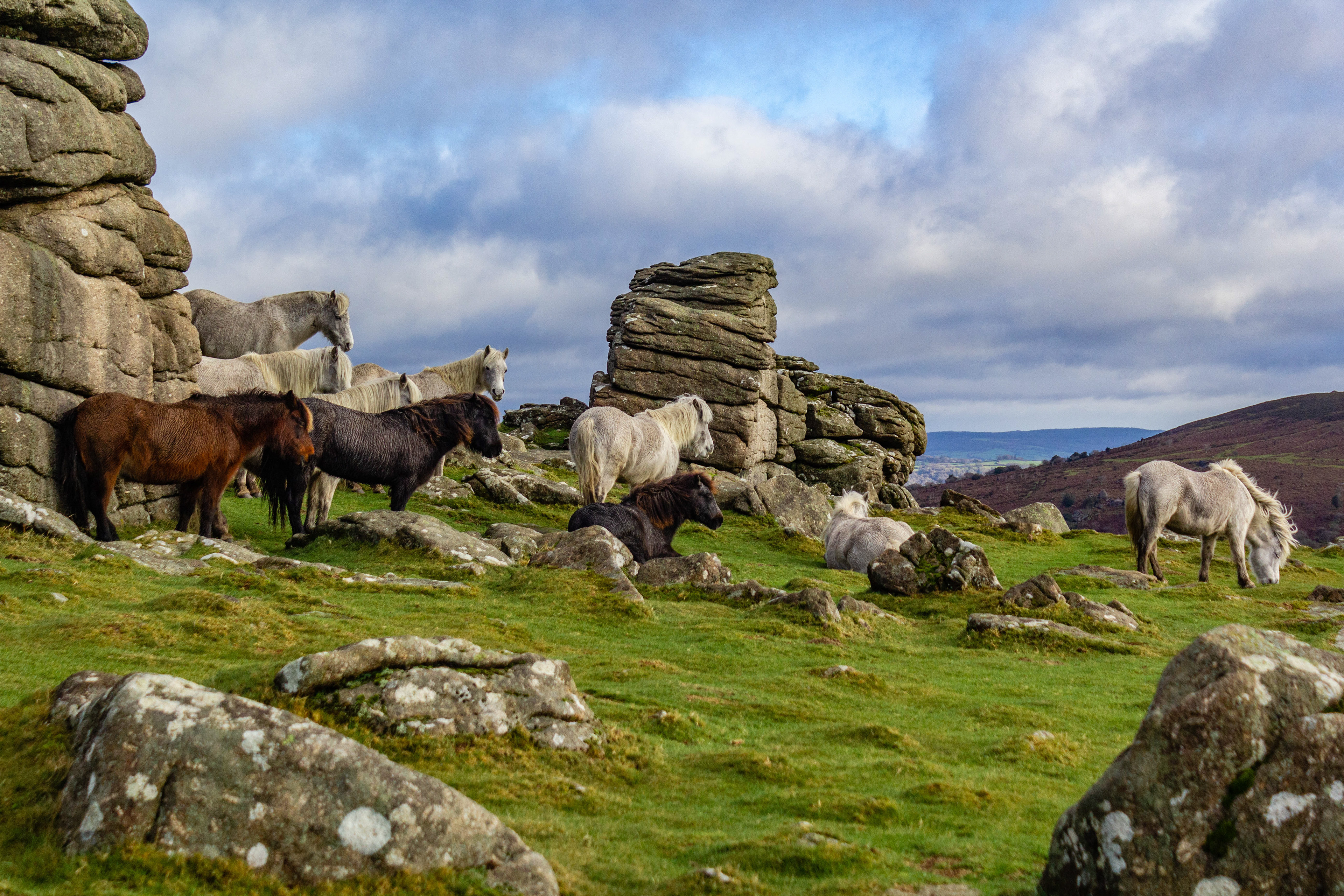
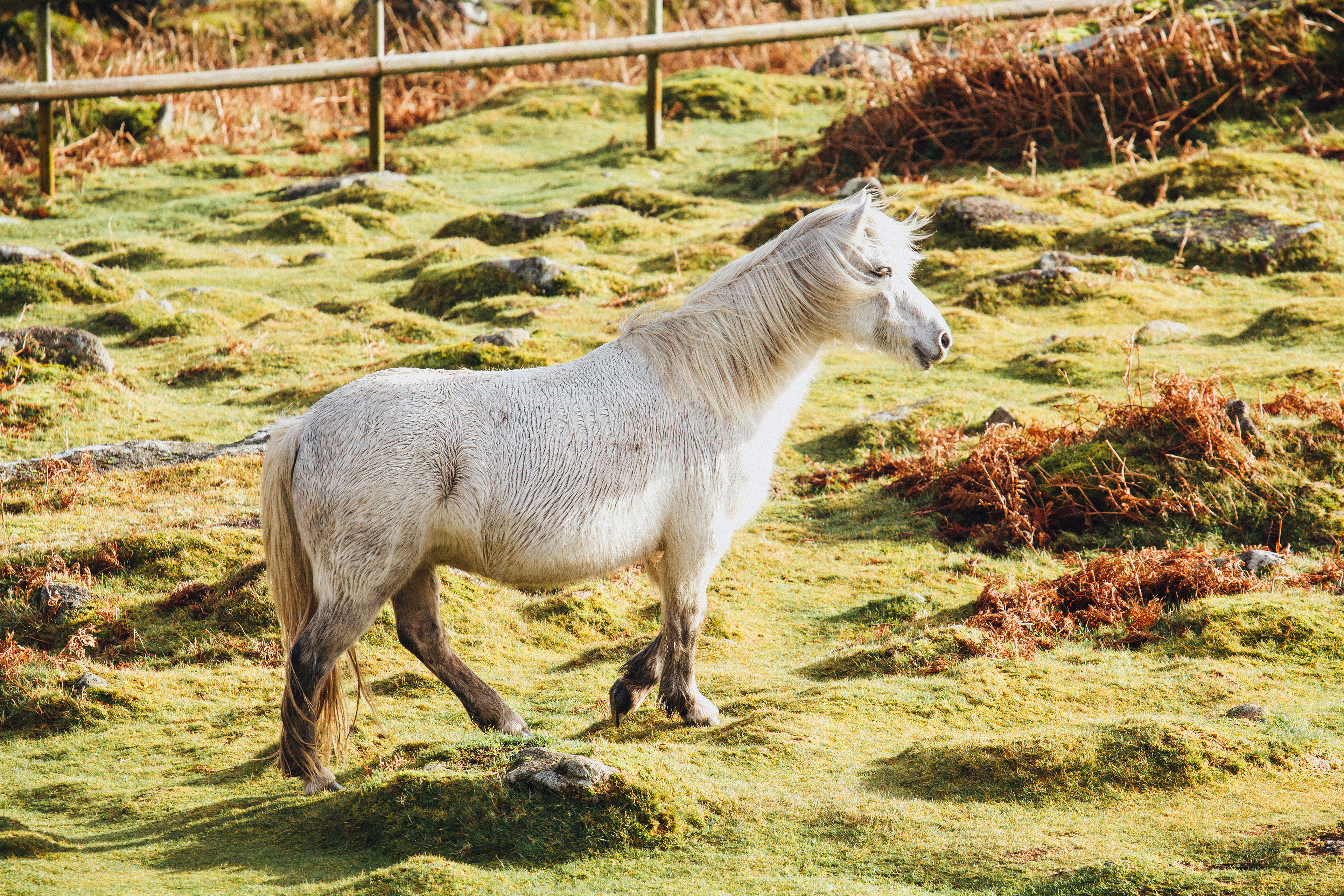
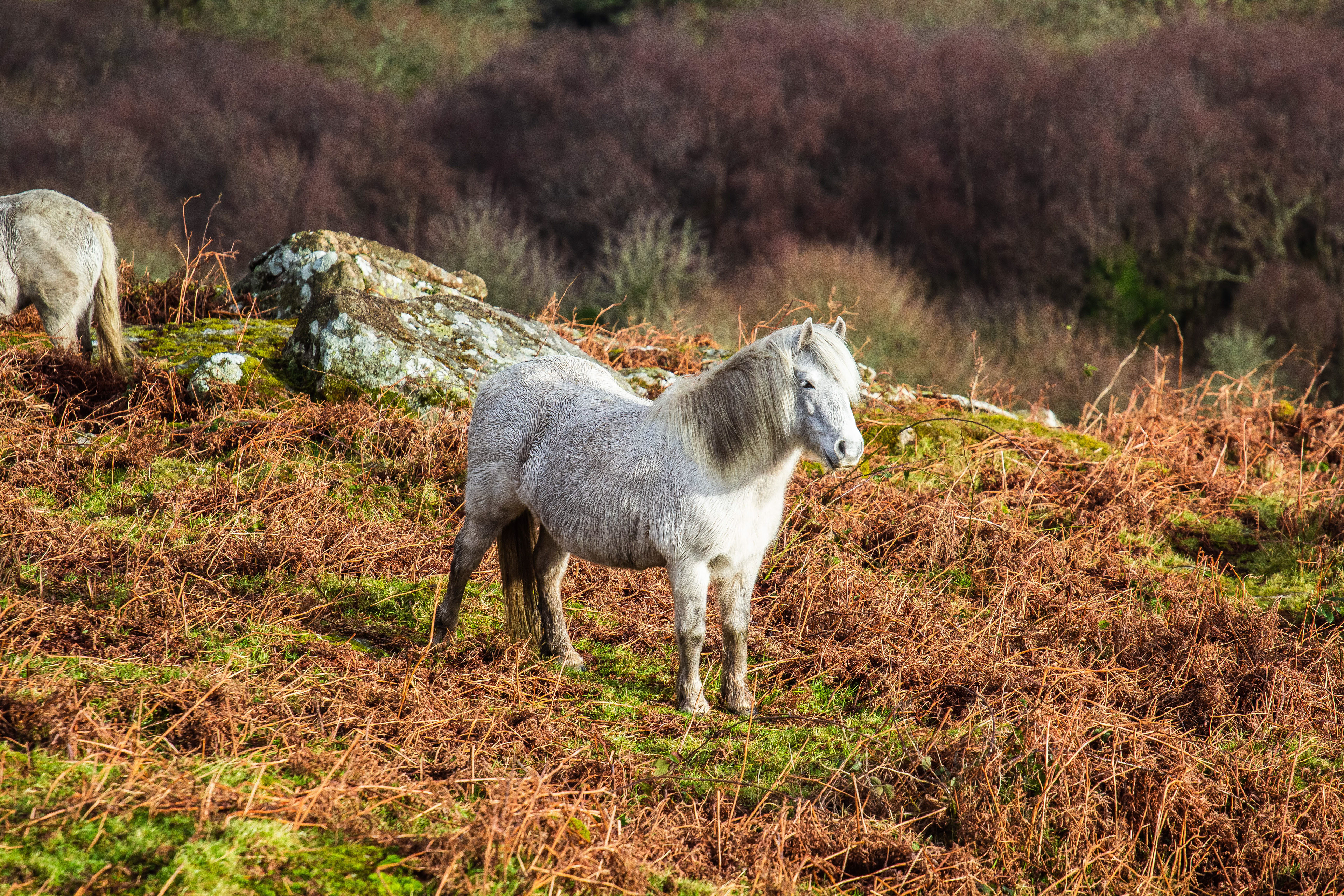
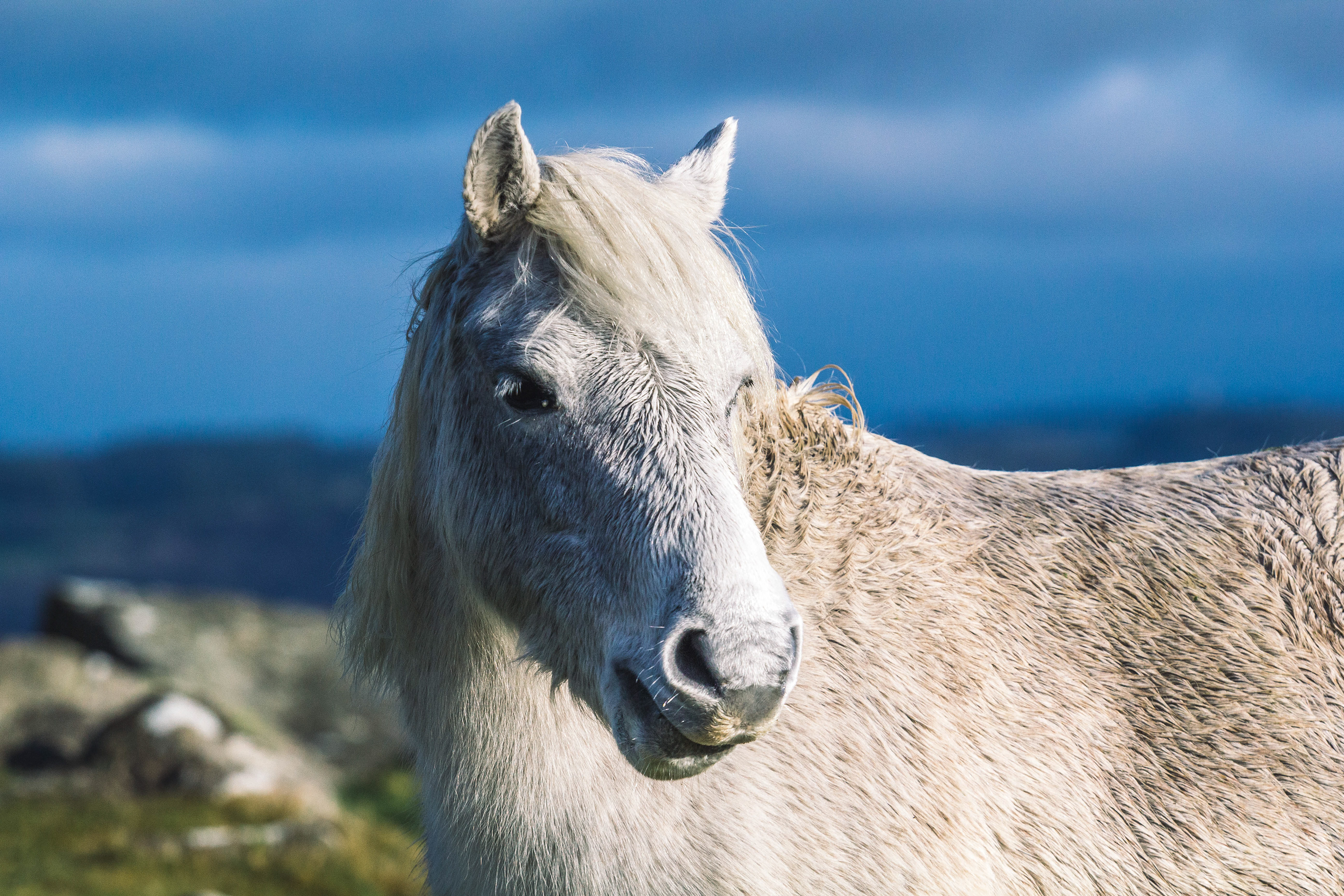
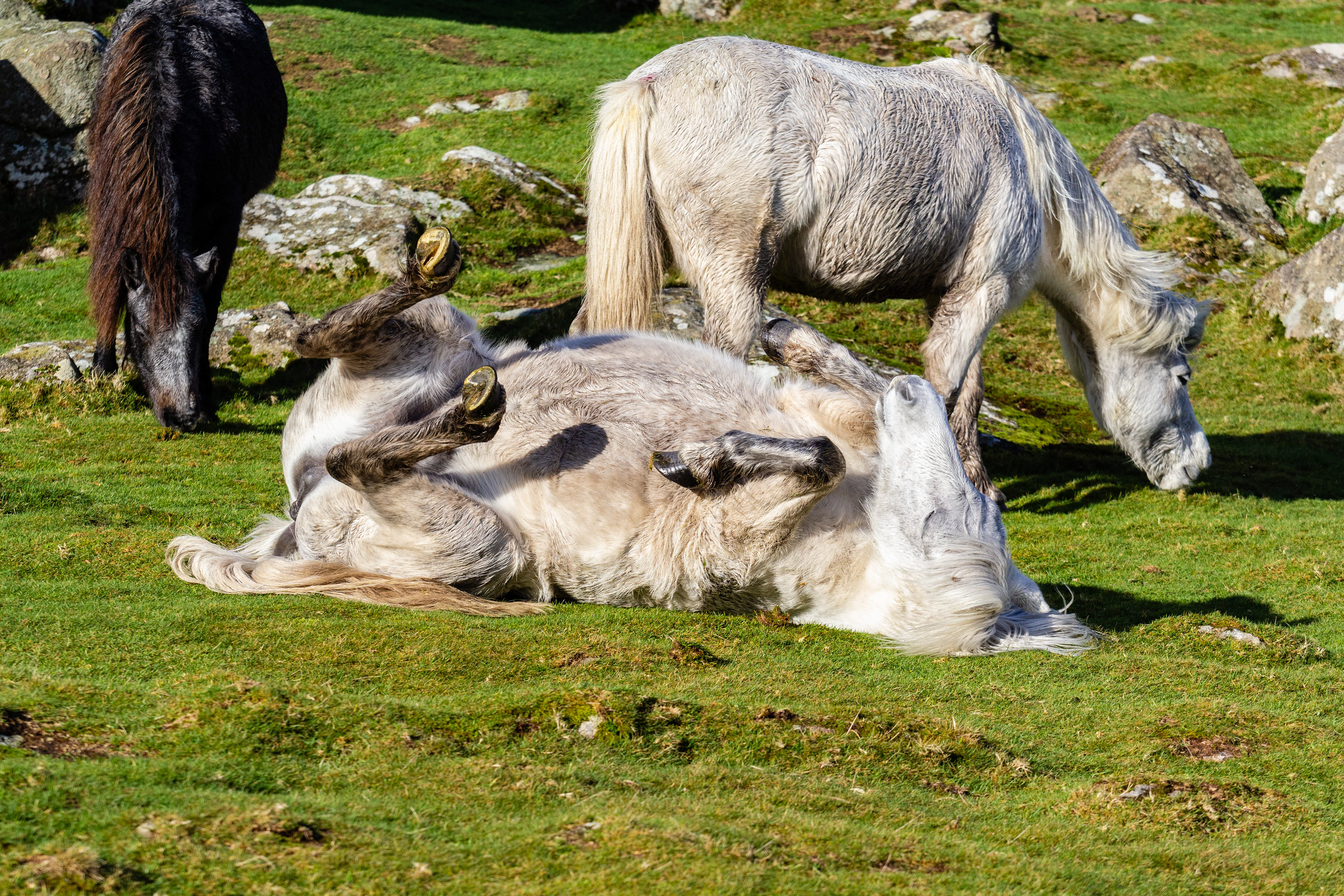
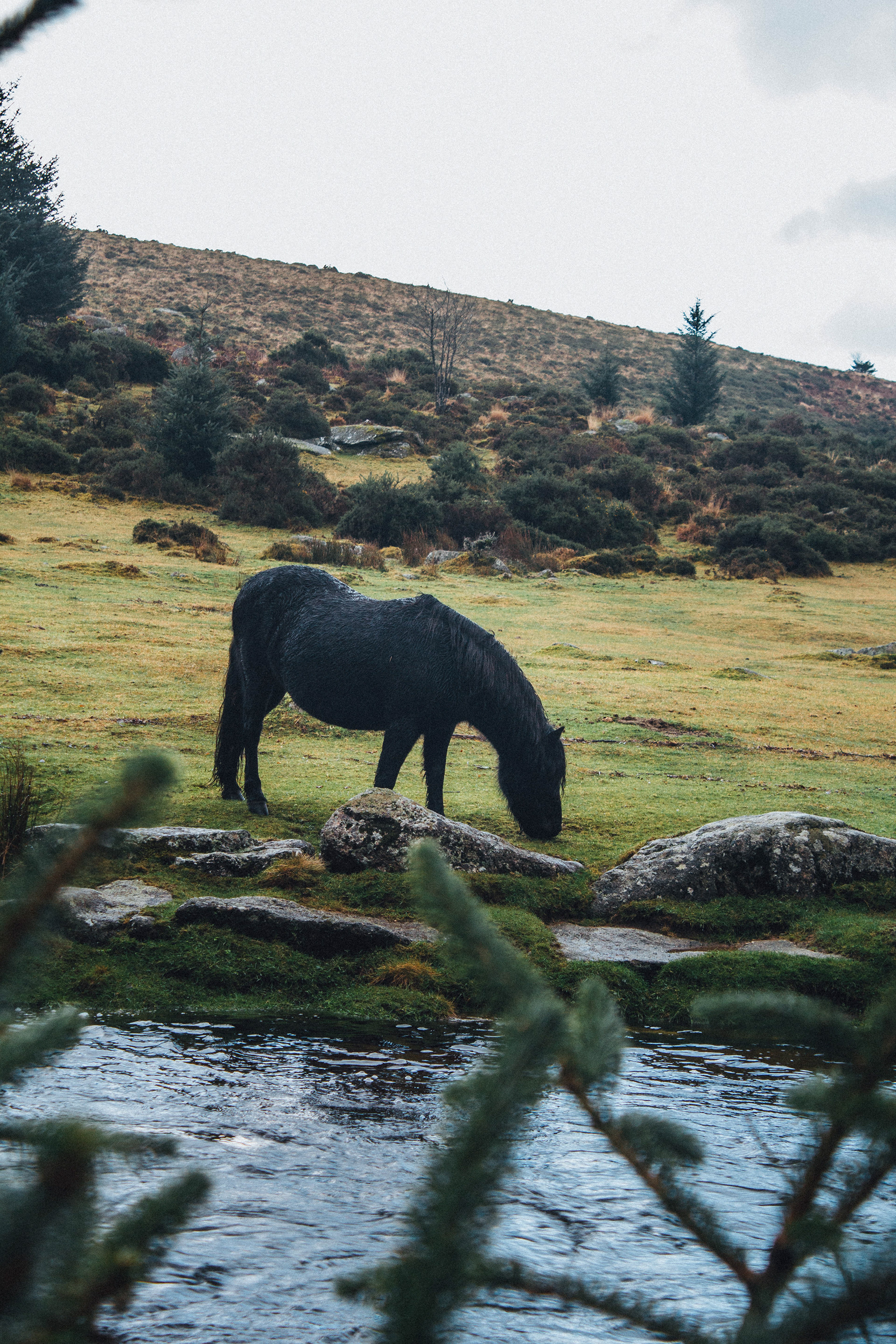
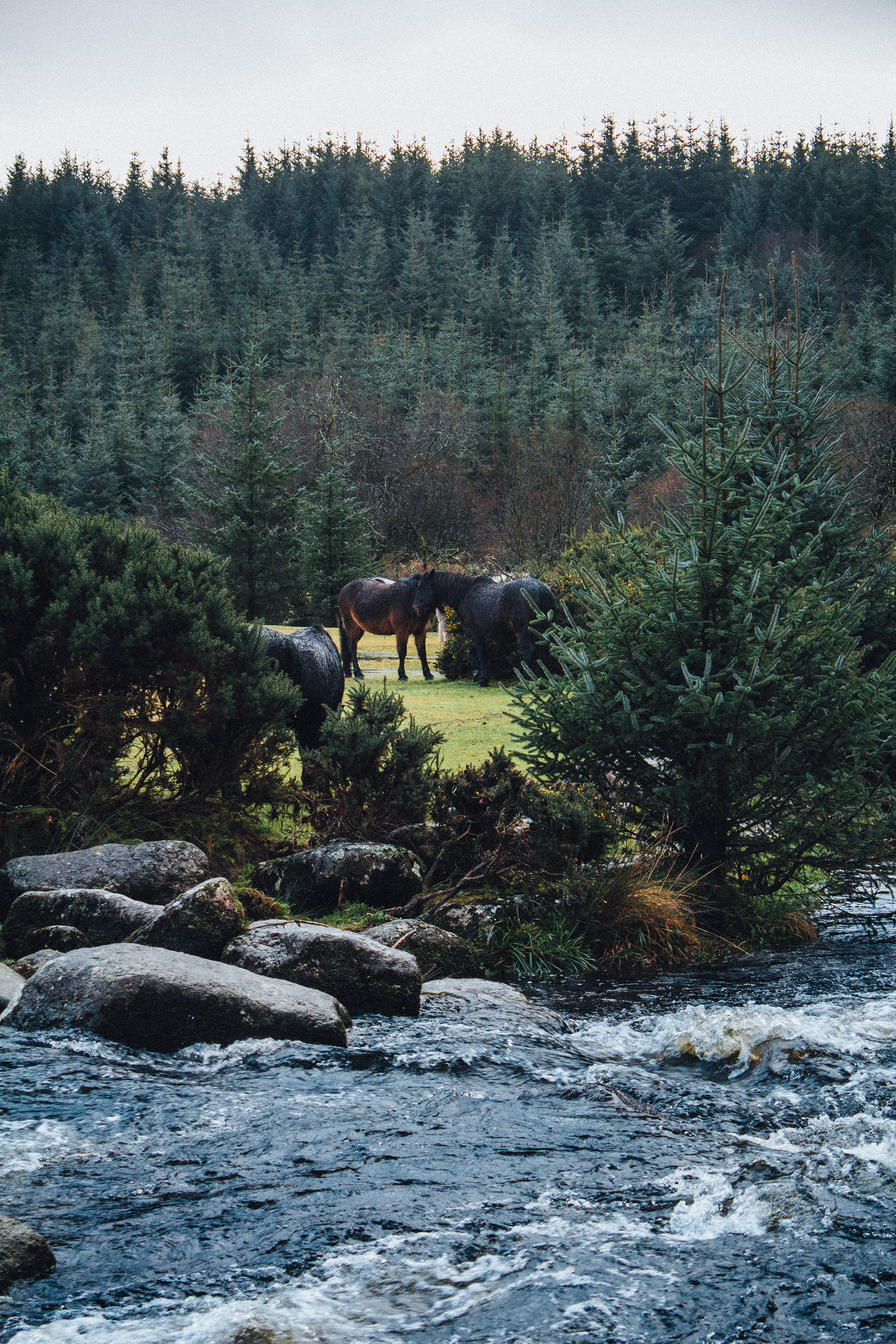
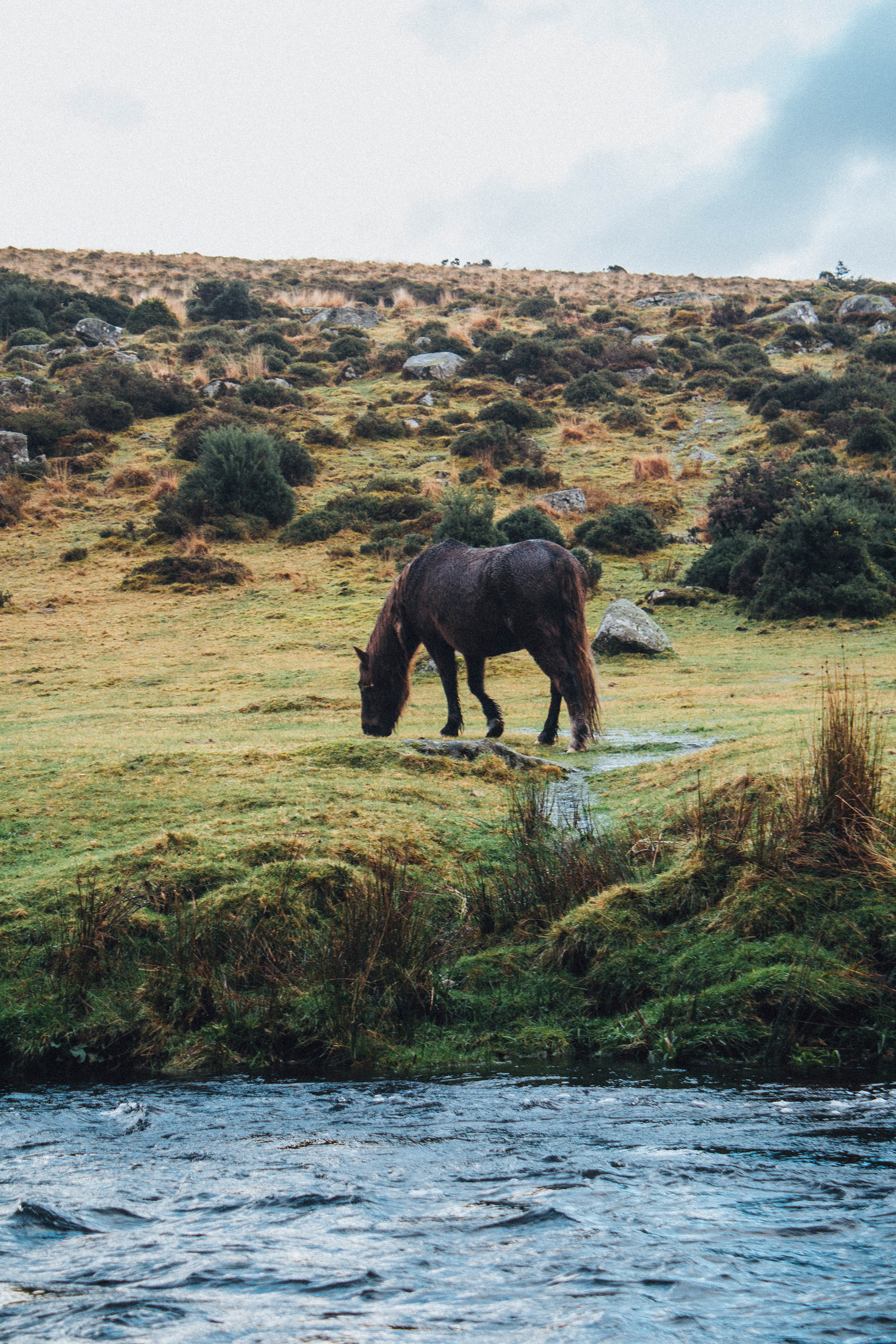
Dartmoor Ponies are native to Britain, but are also seen in other parts of the world, including the USA, Continental Europe, New Zealand, and Australia.
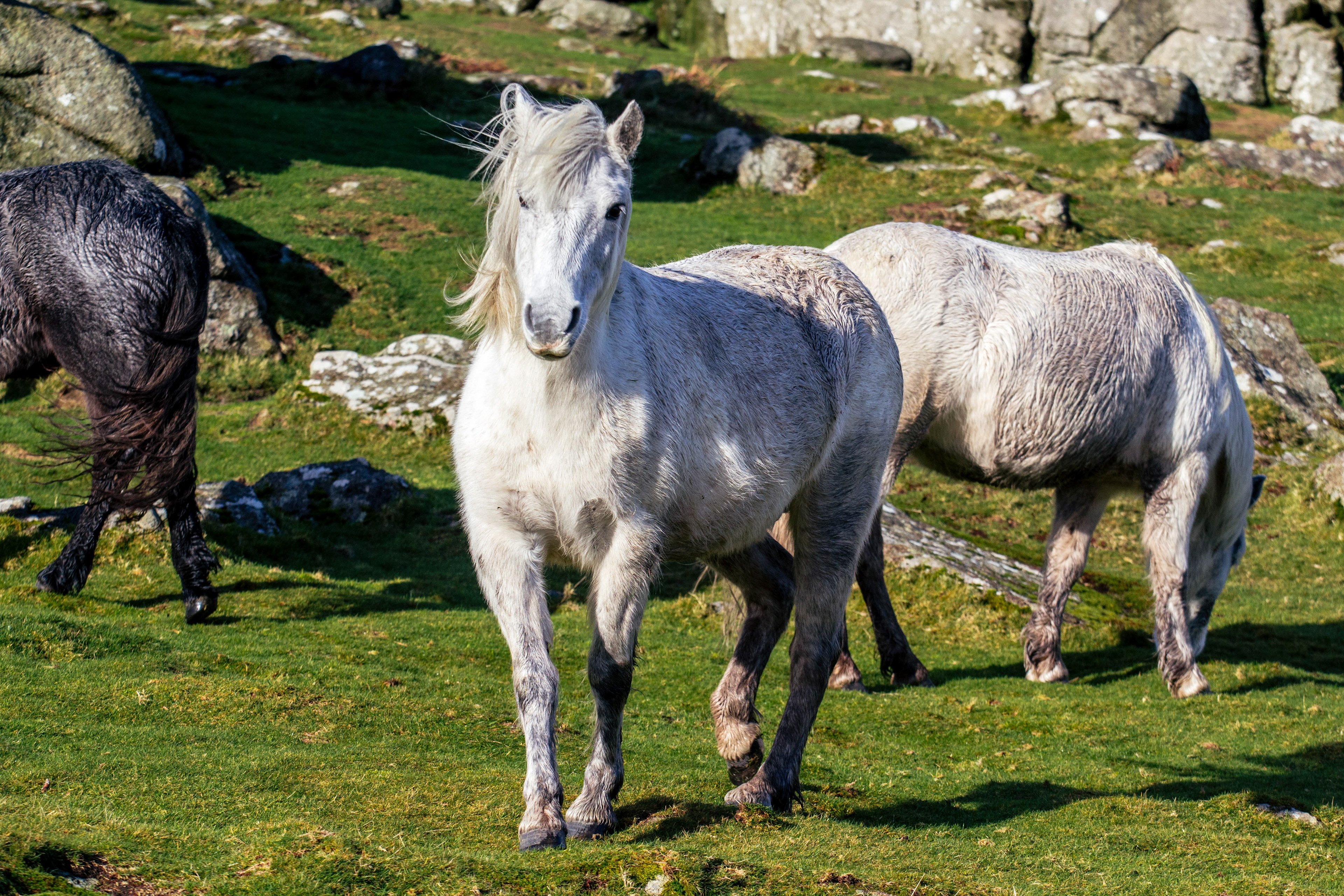
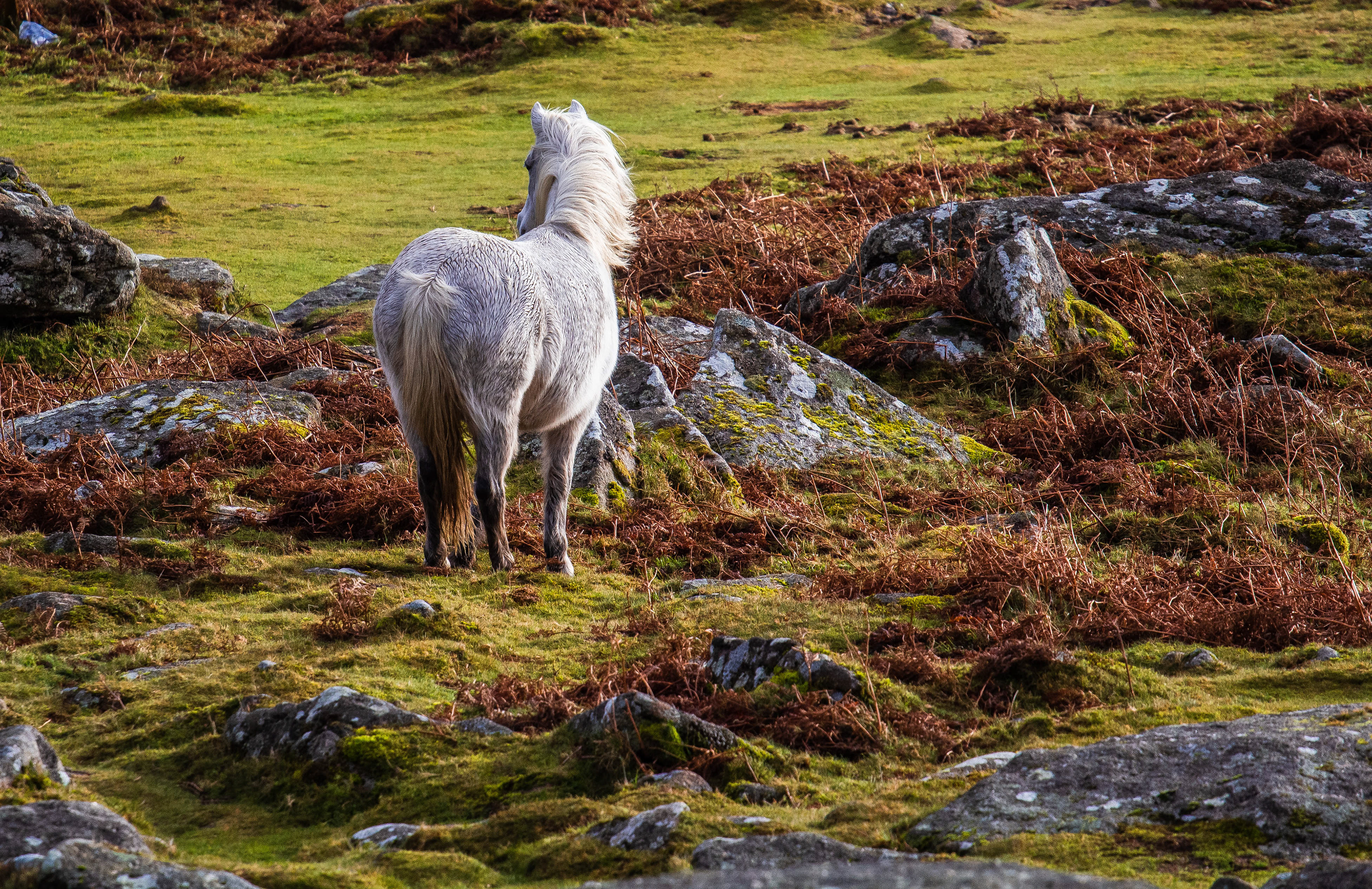
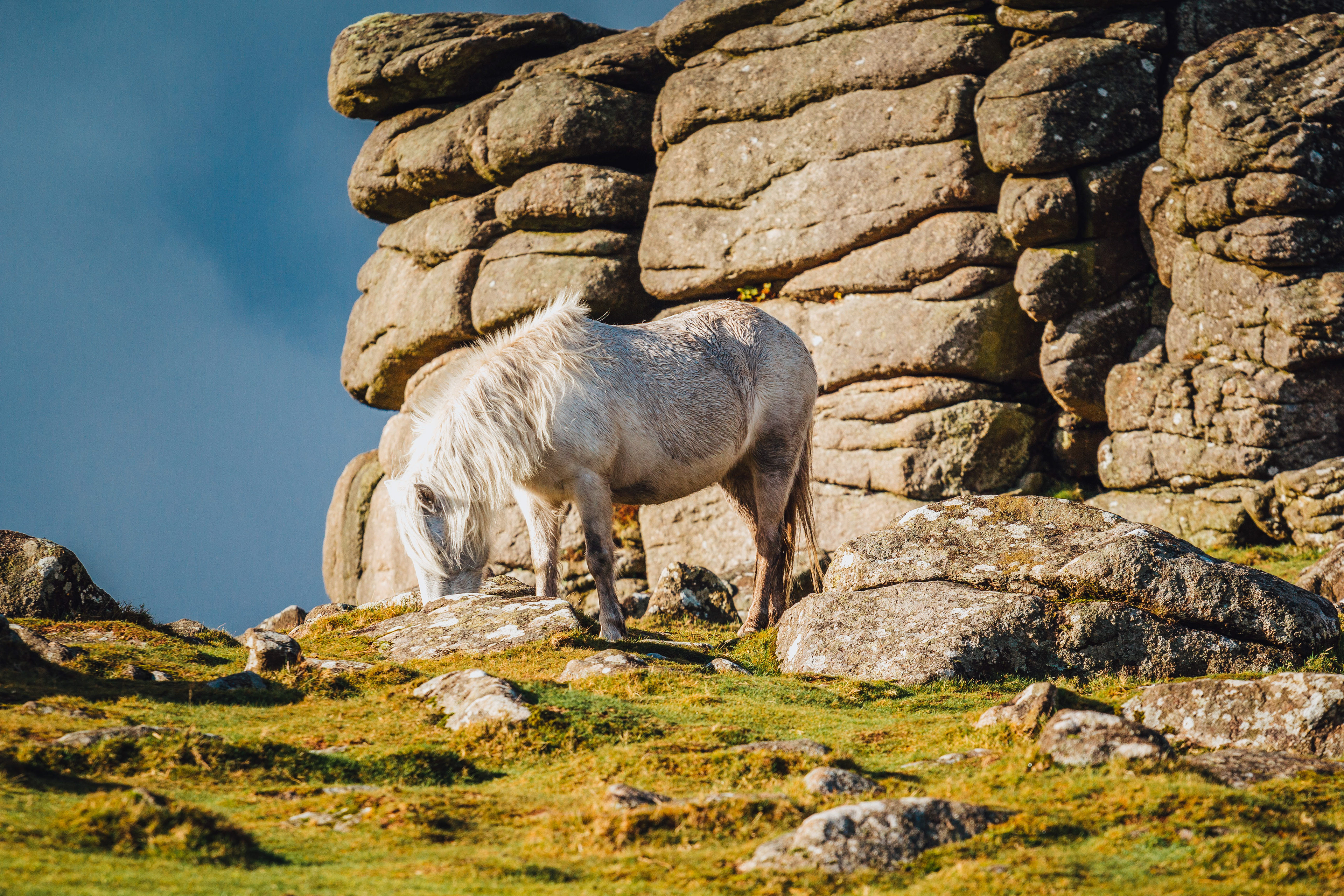
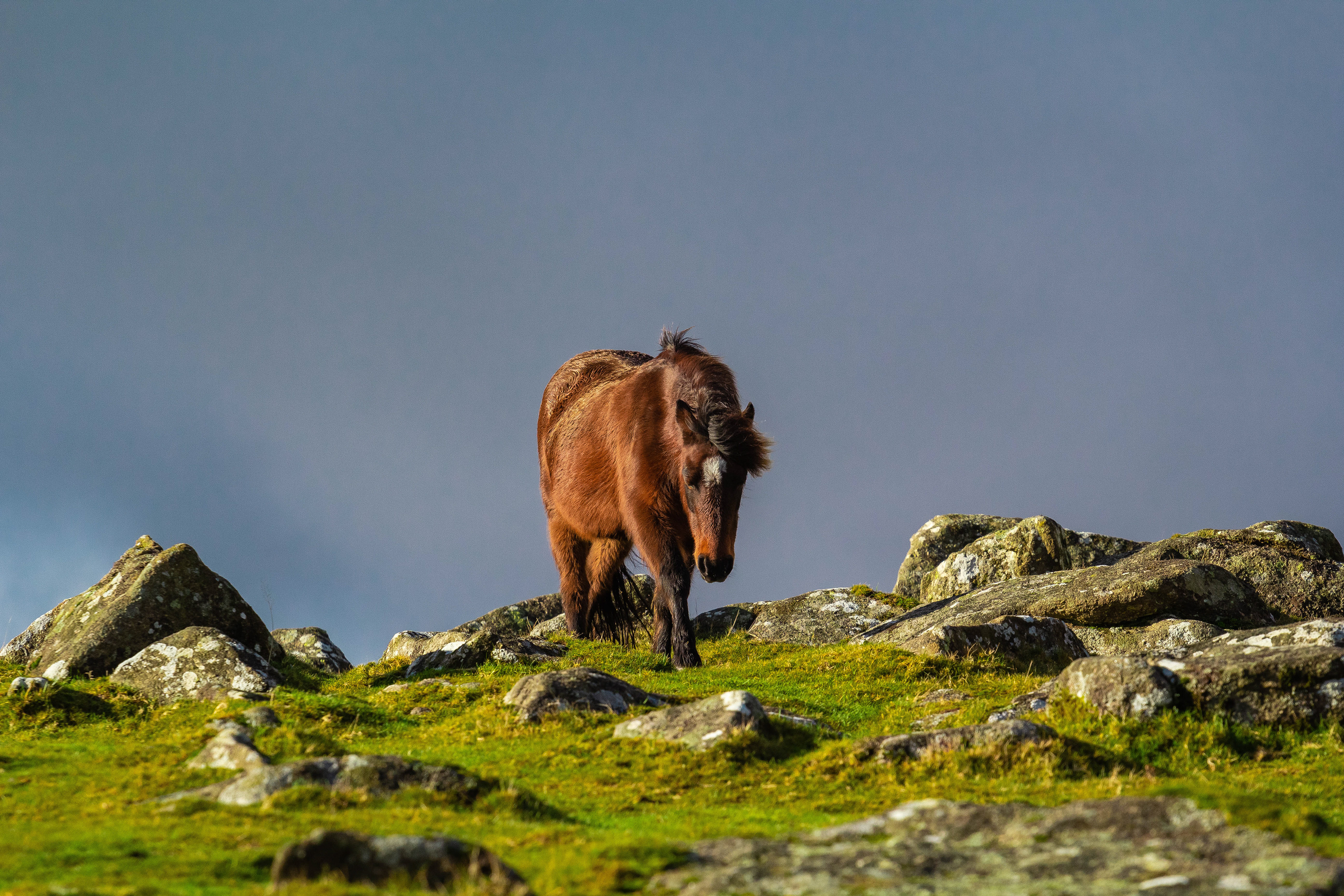
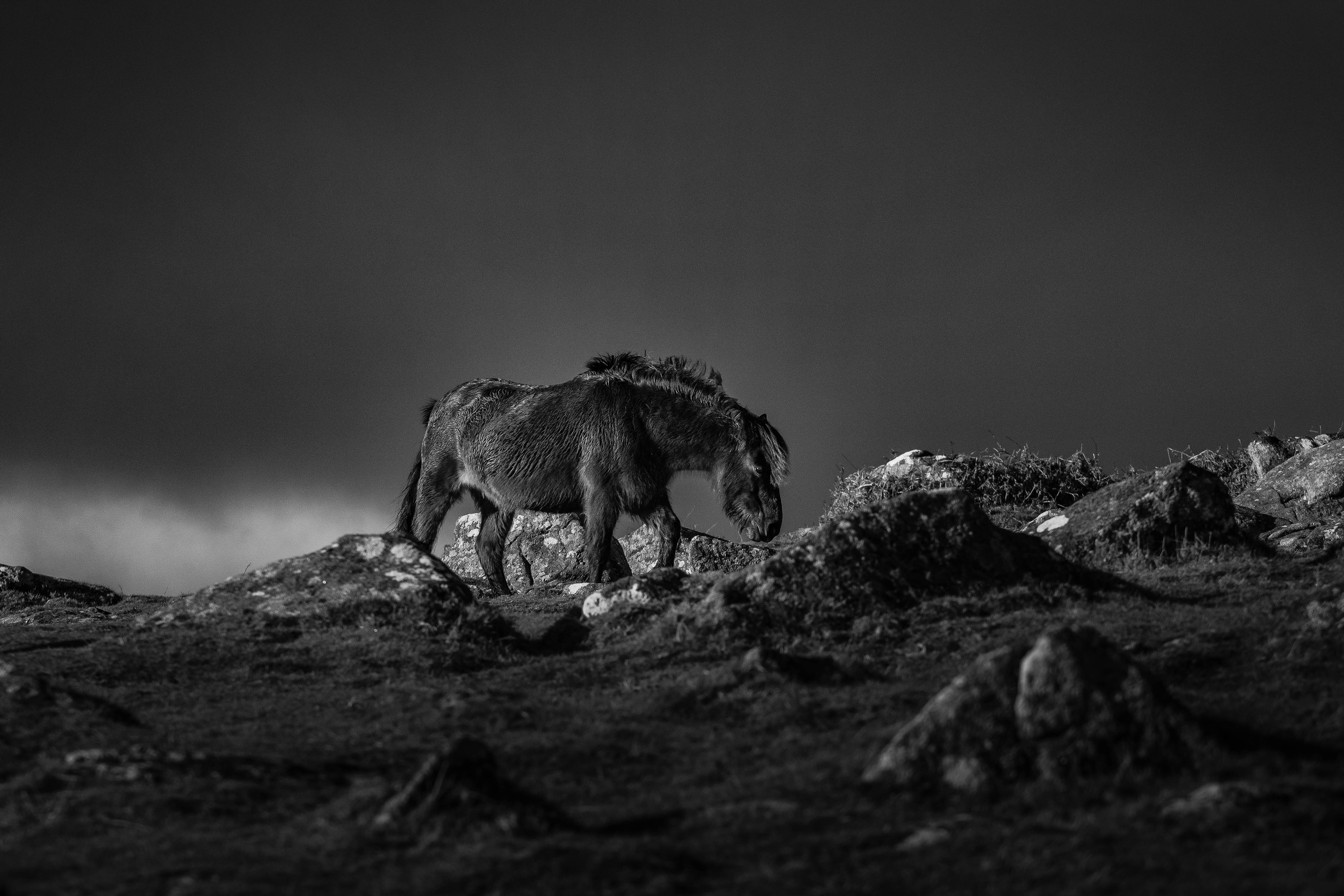
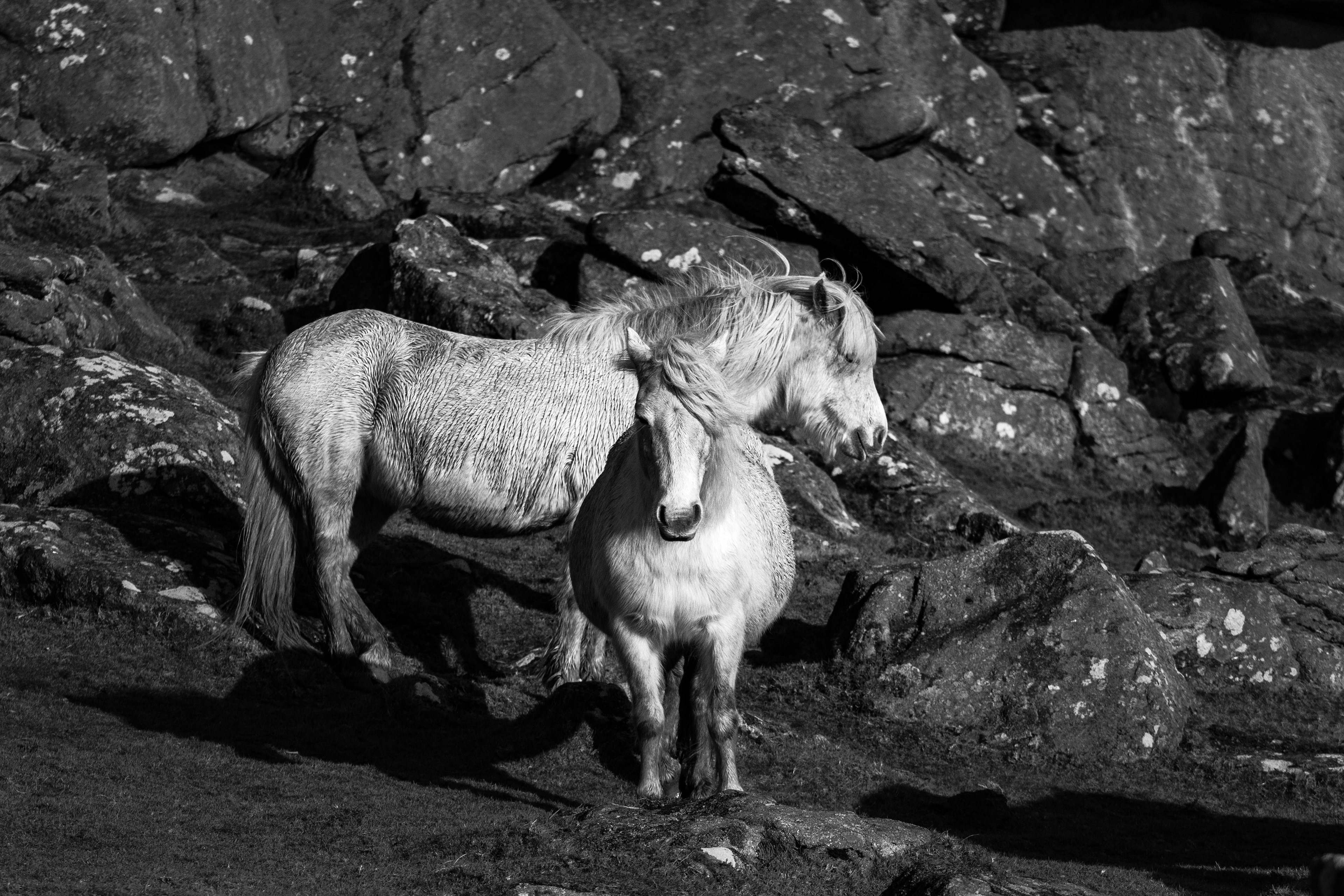
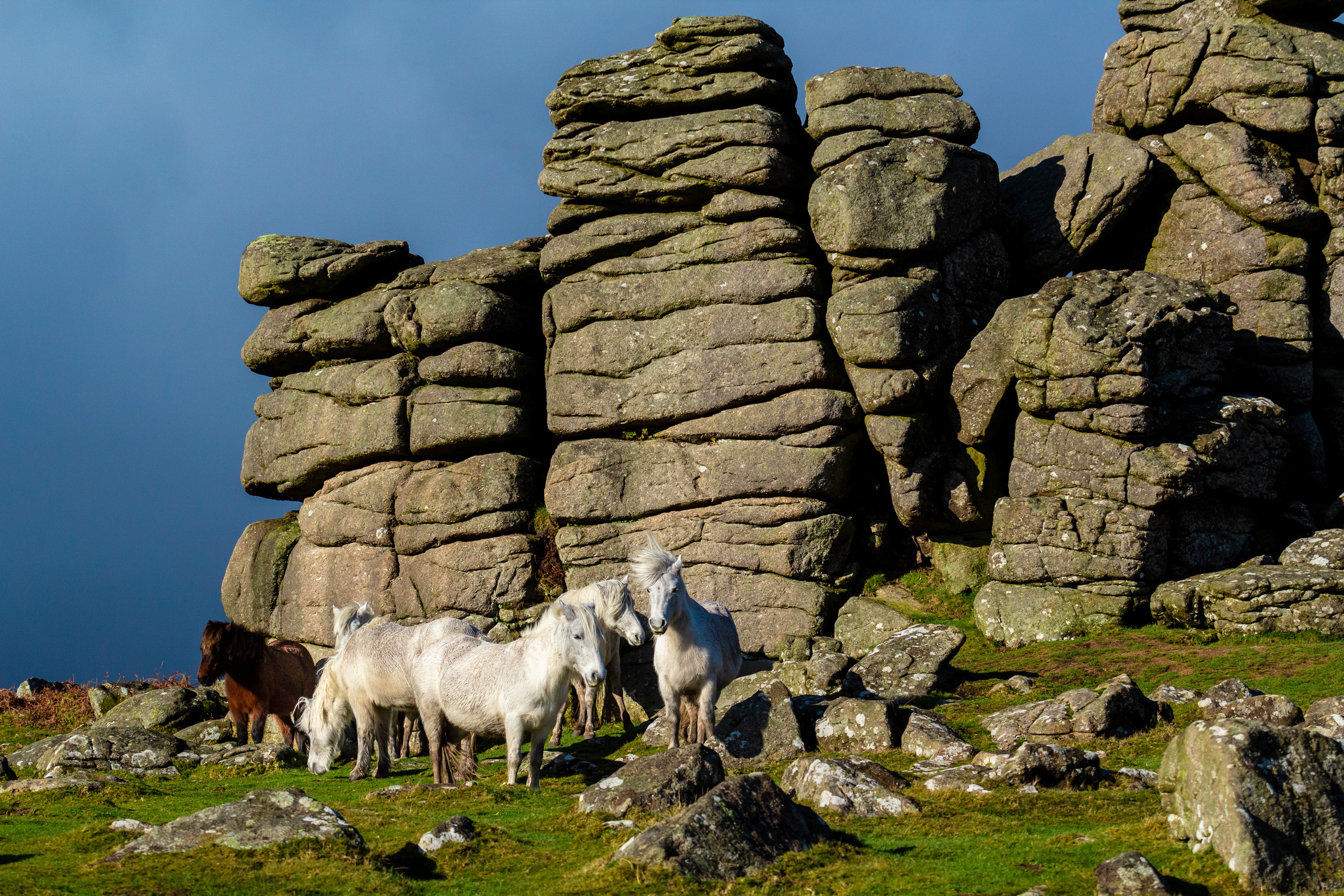
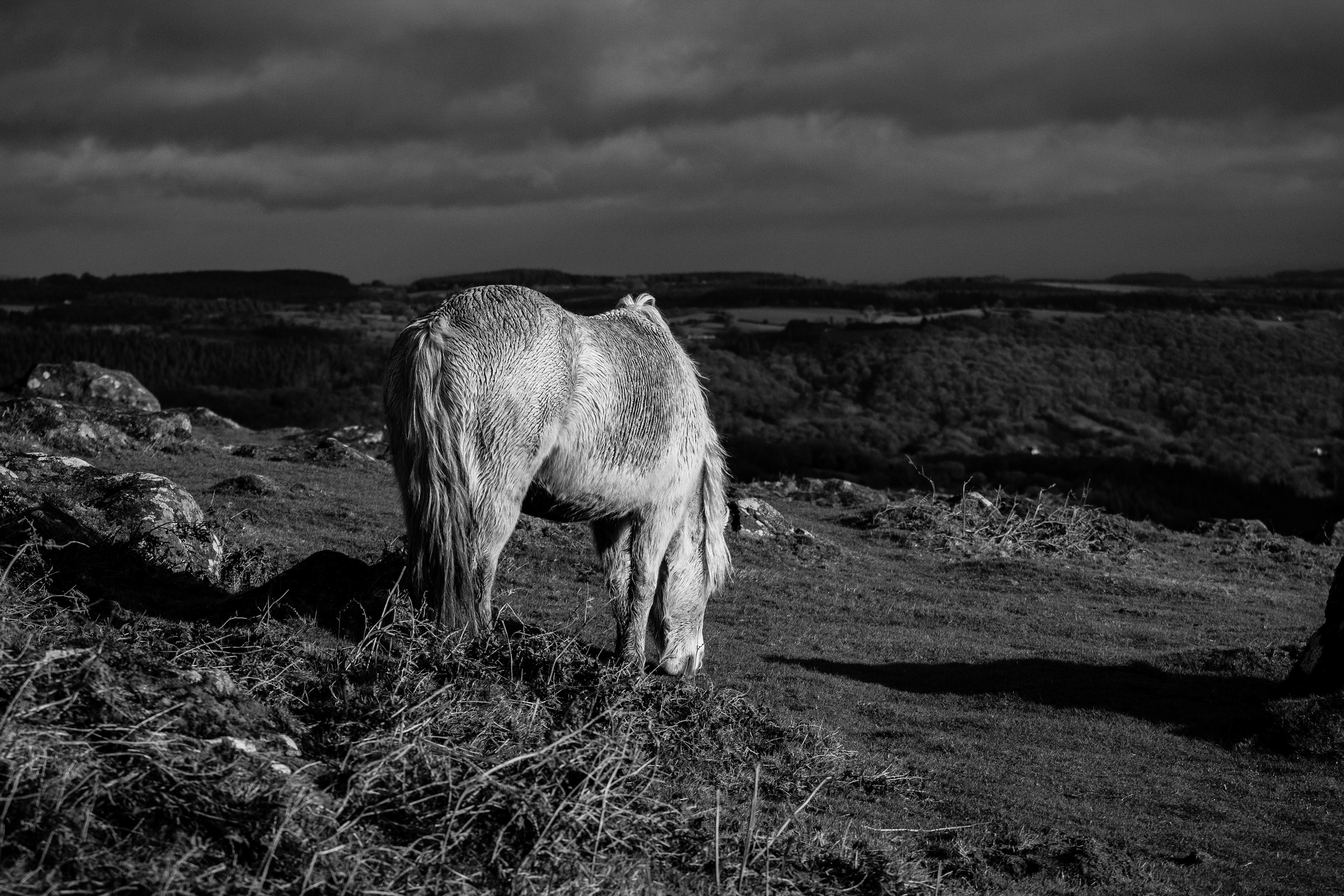
Don't forget to visit the complete gallery of South-West England winter travel



